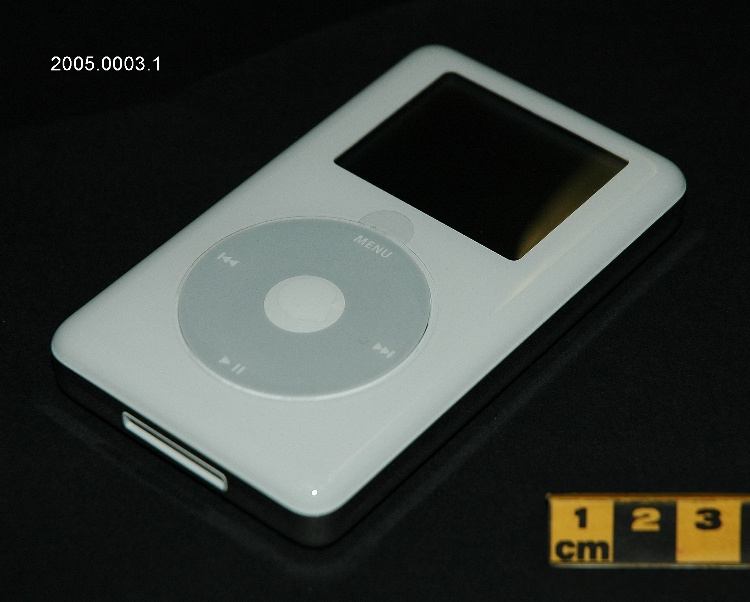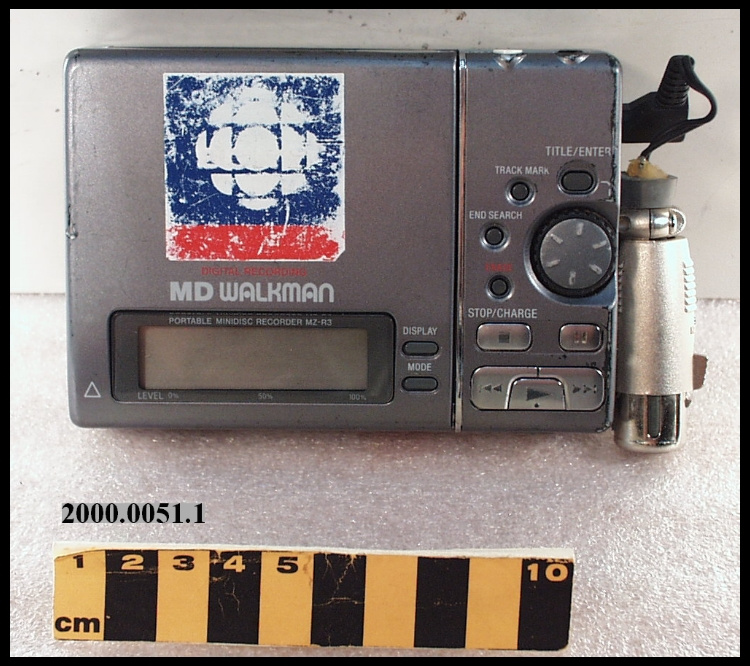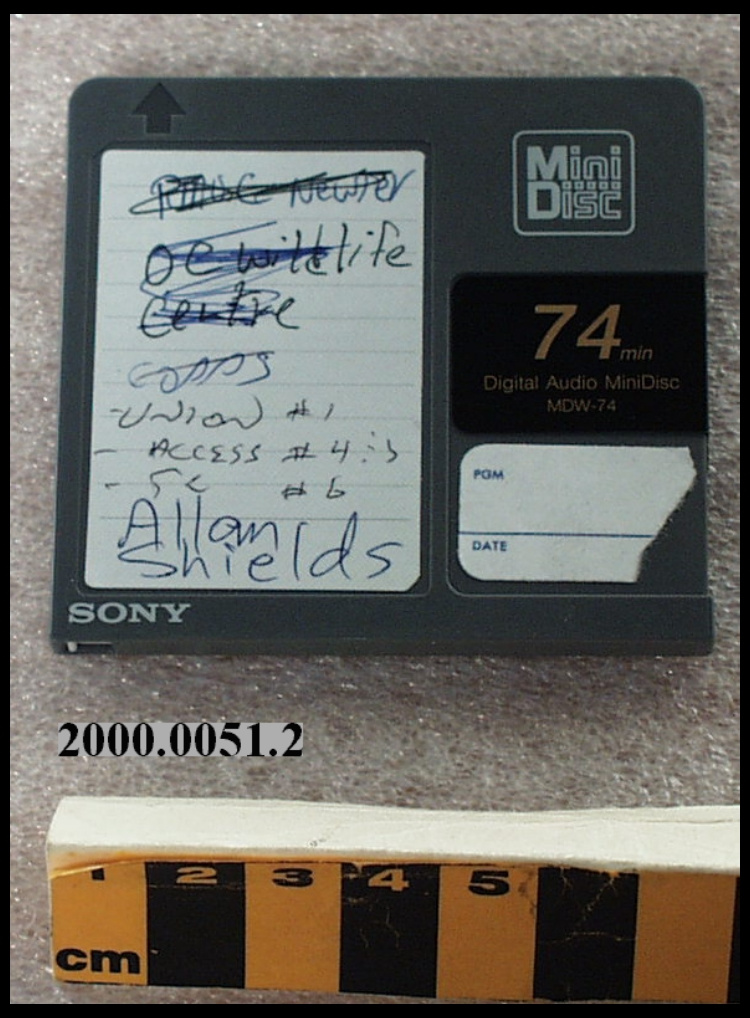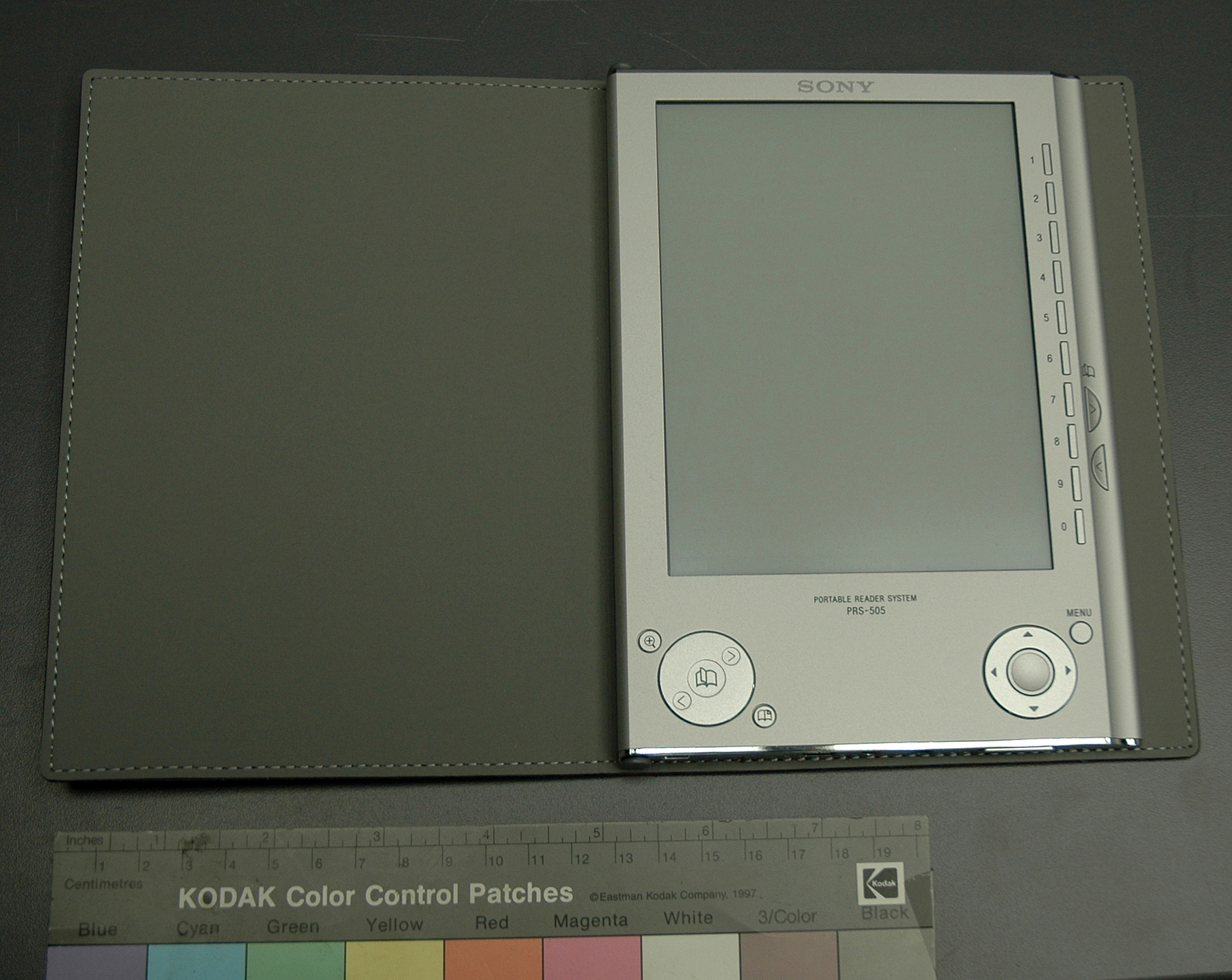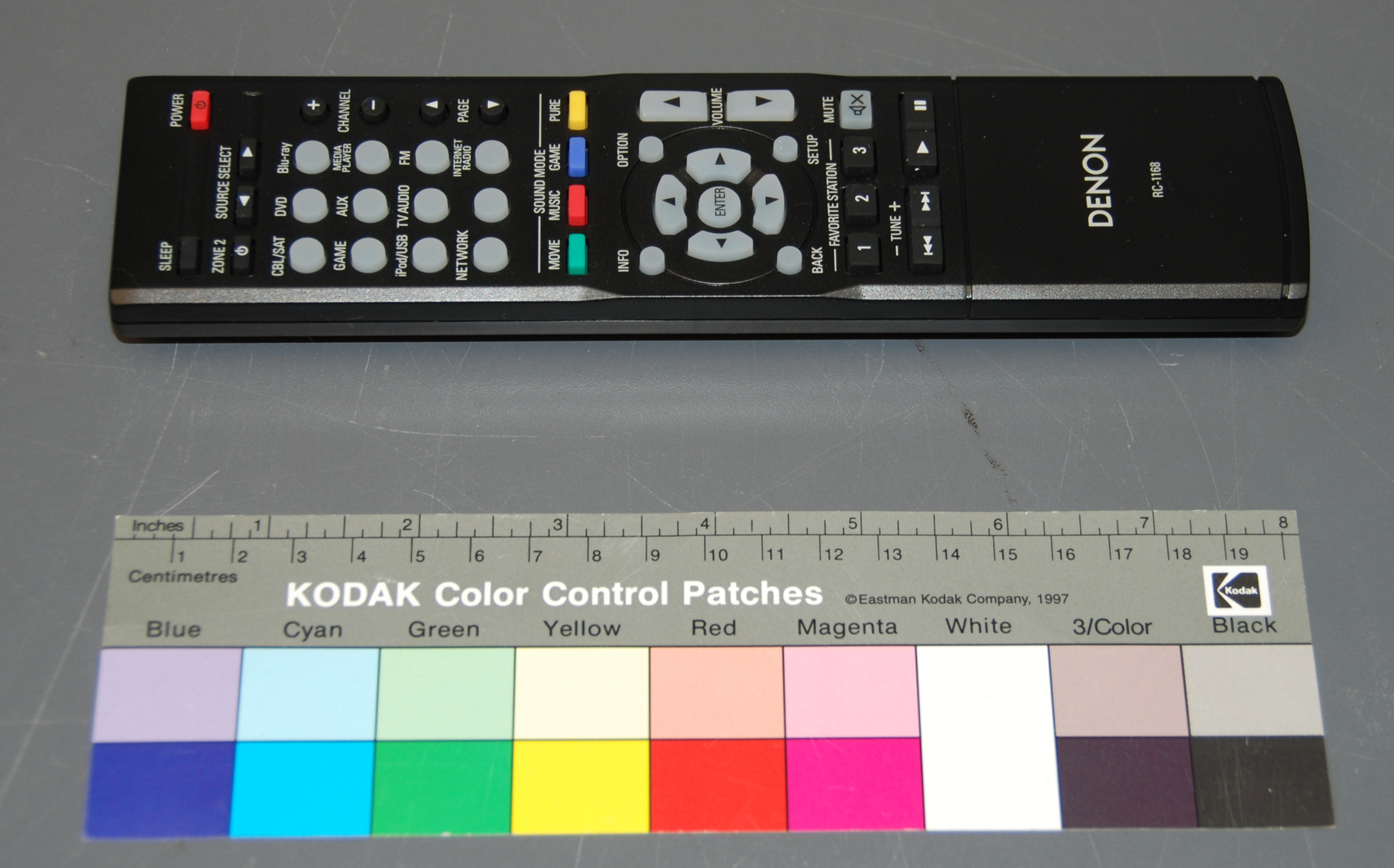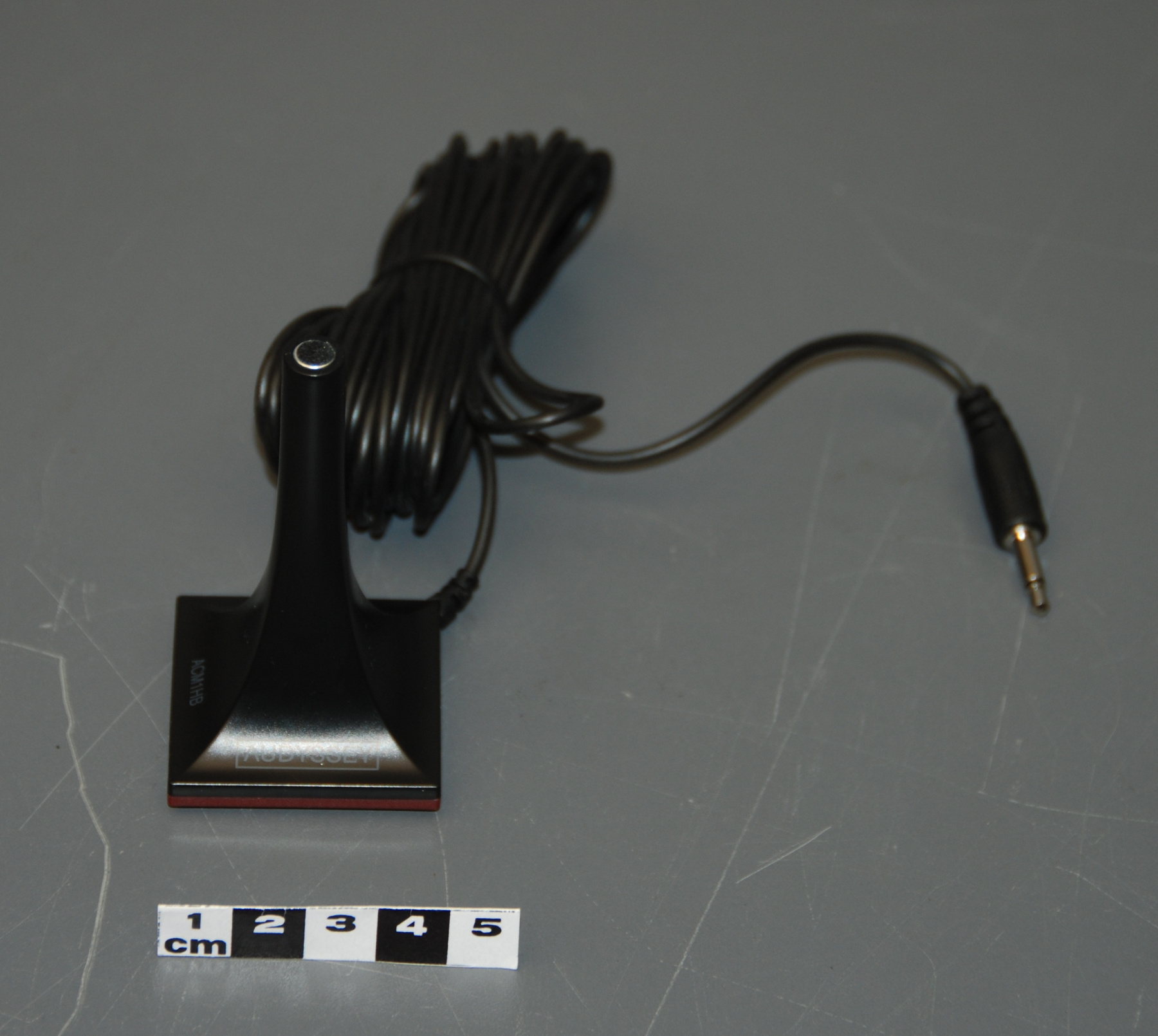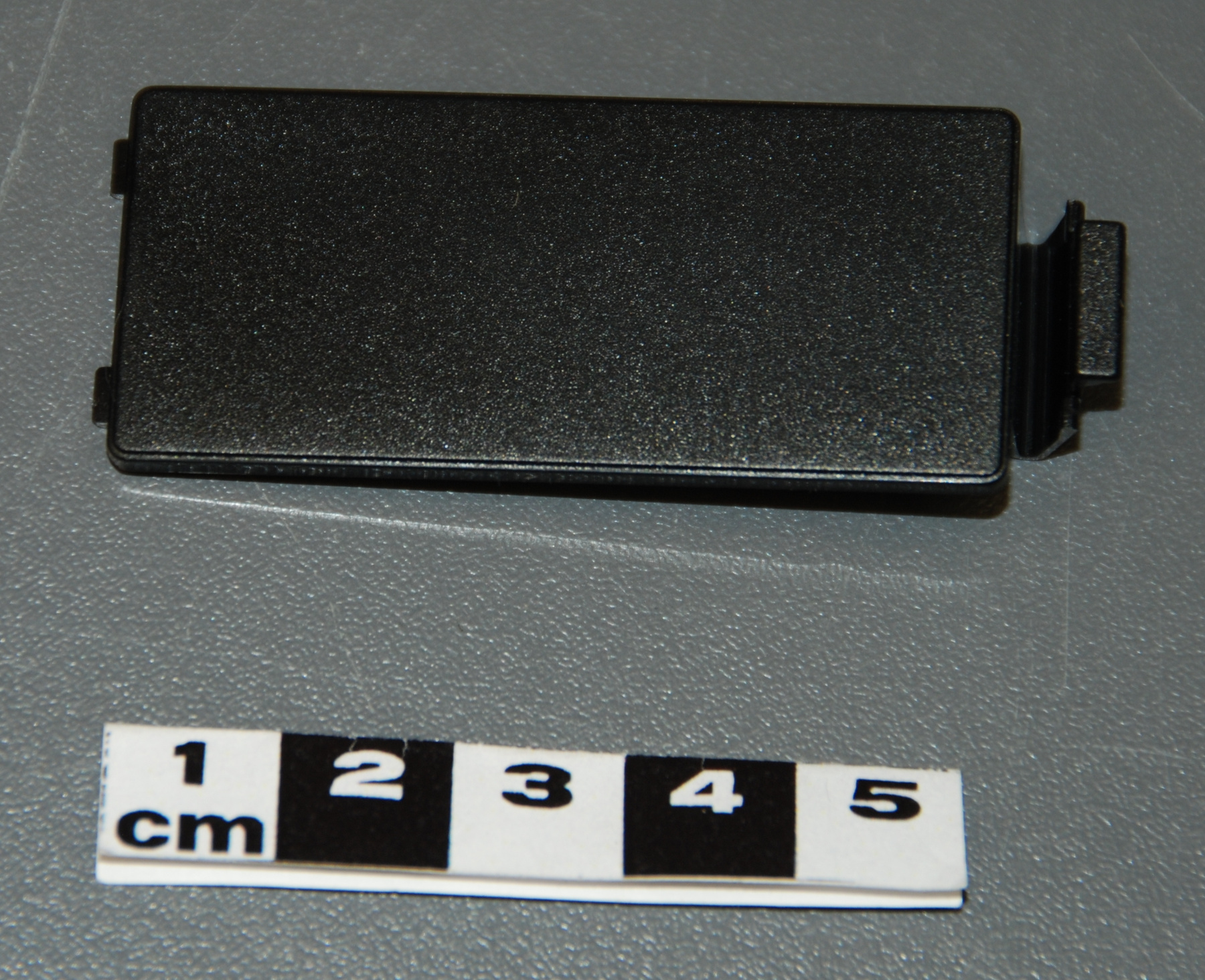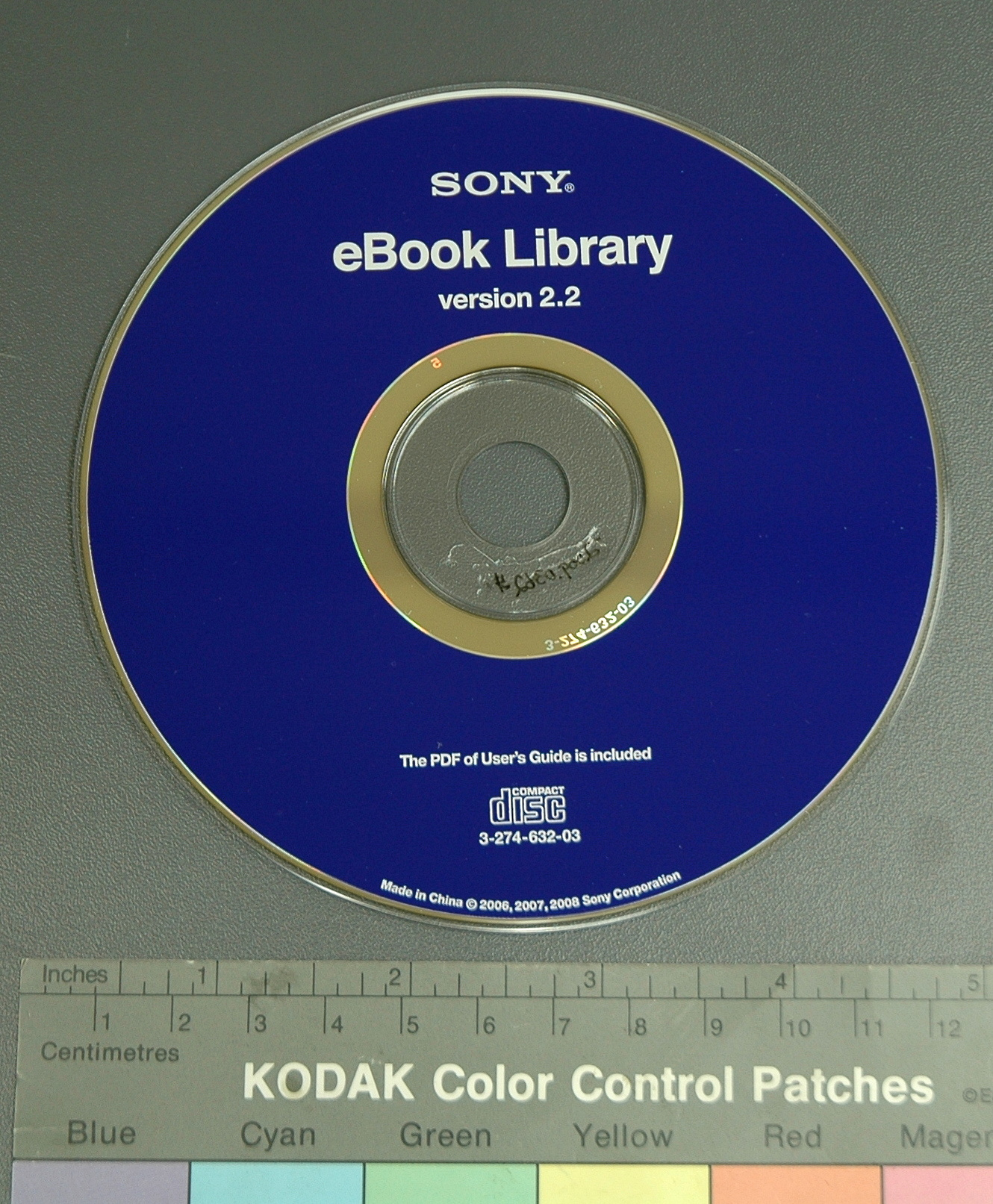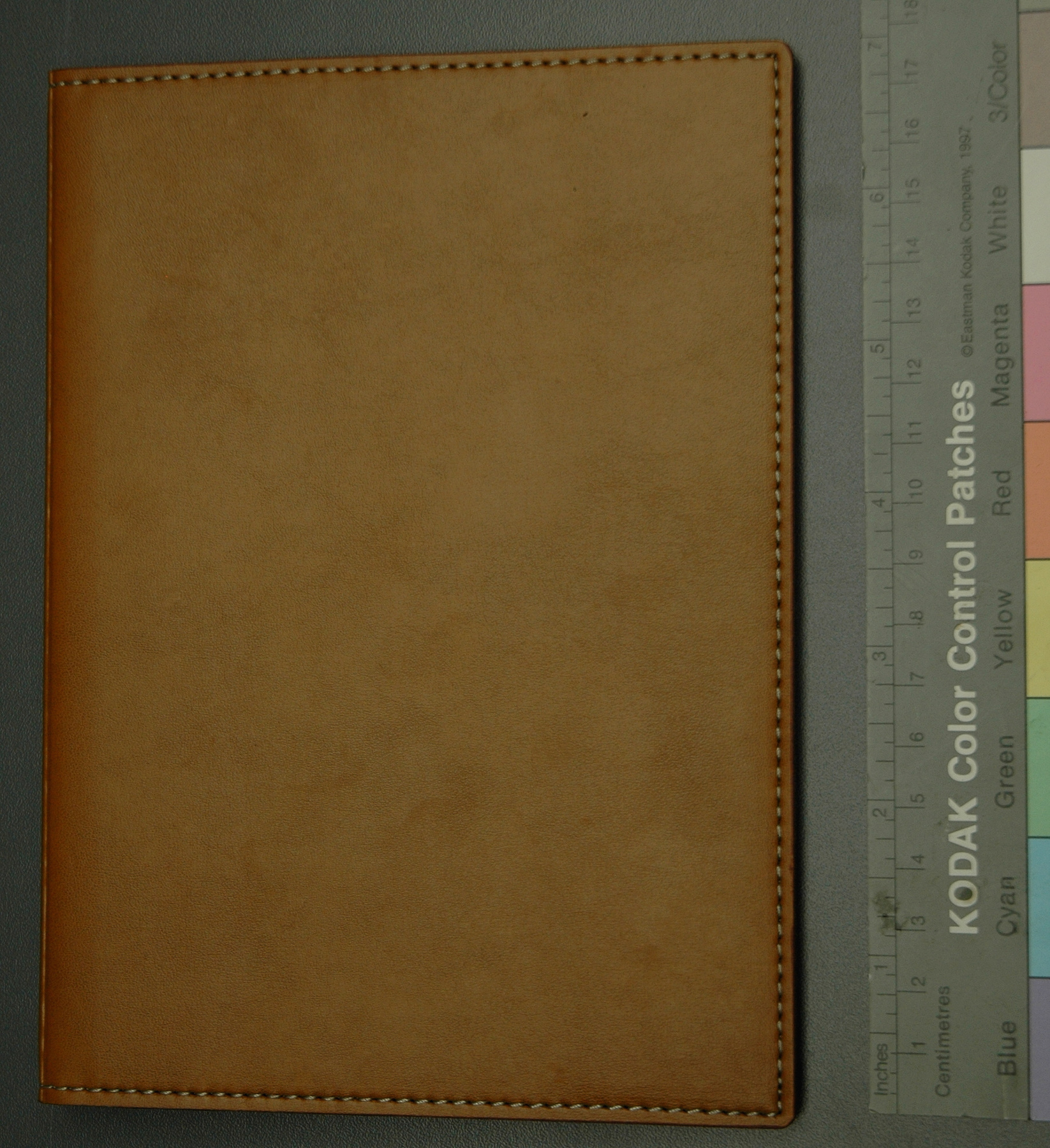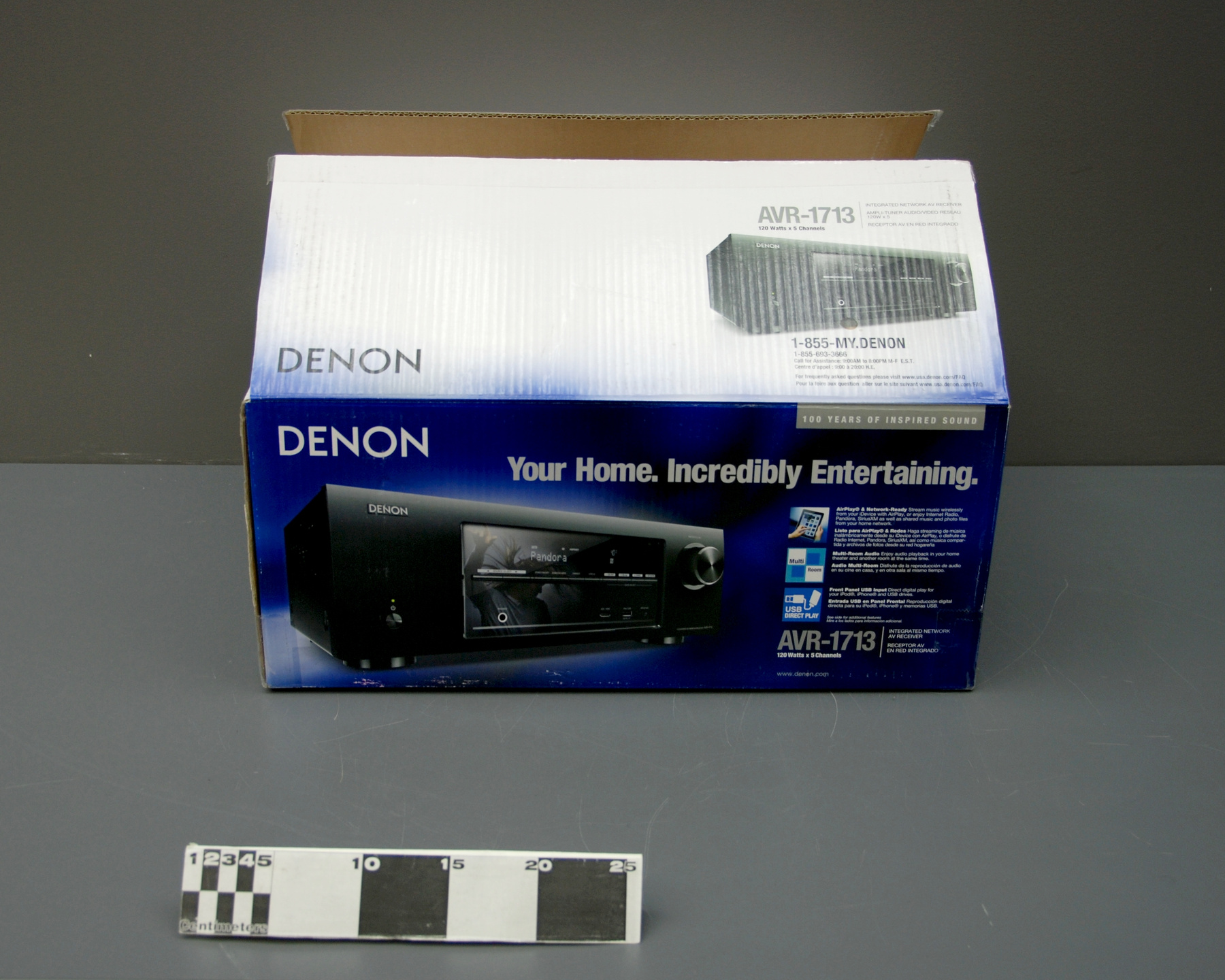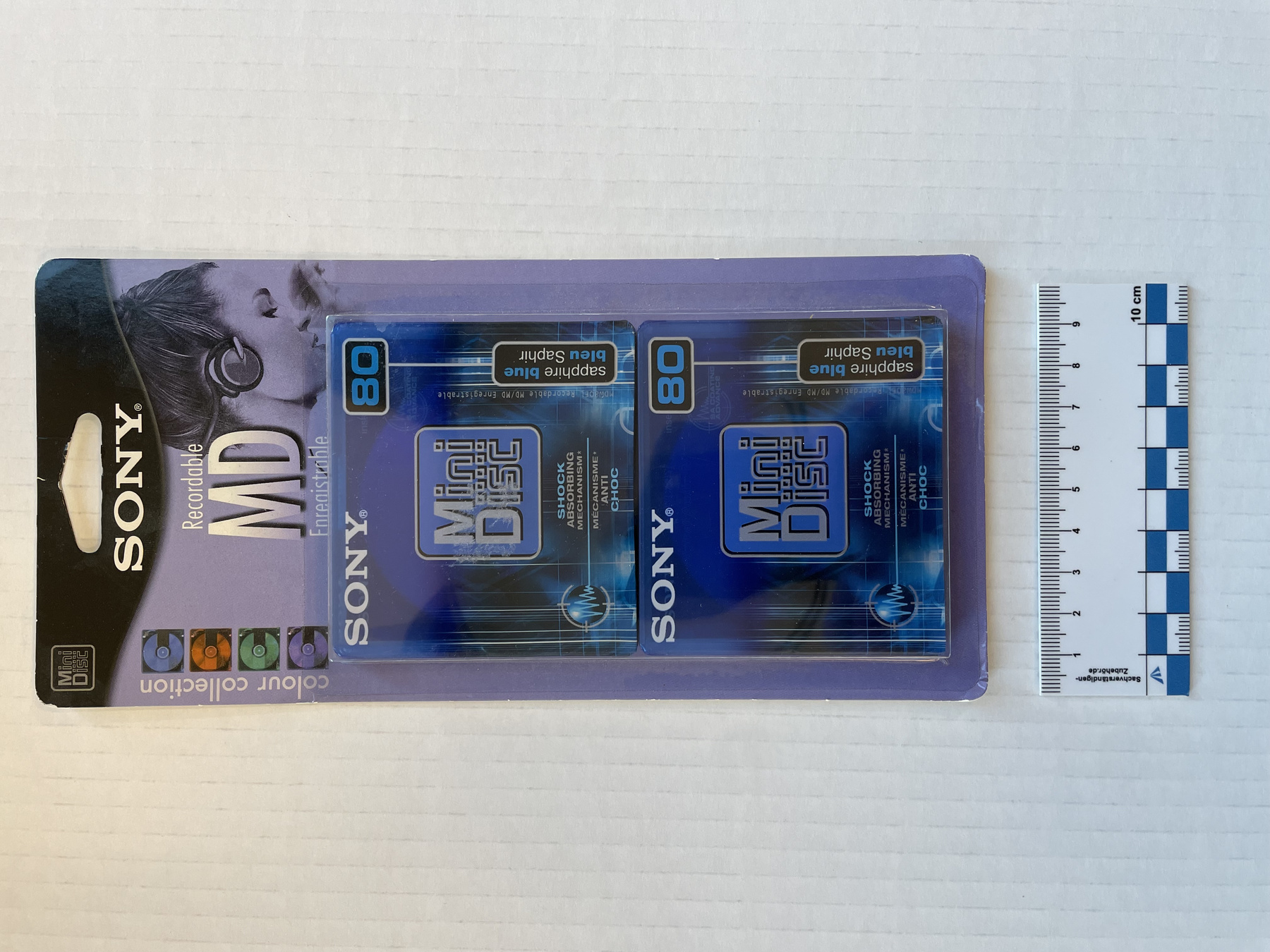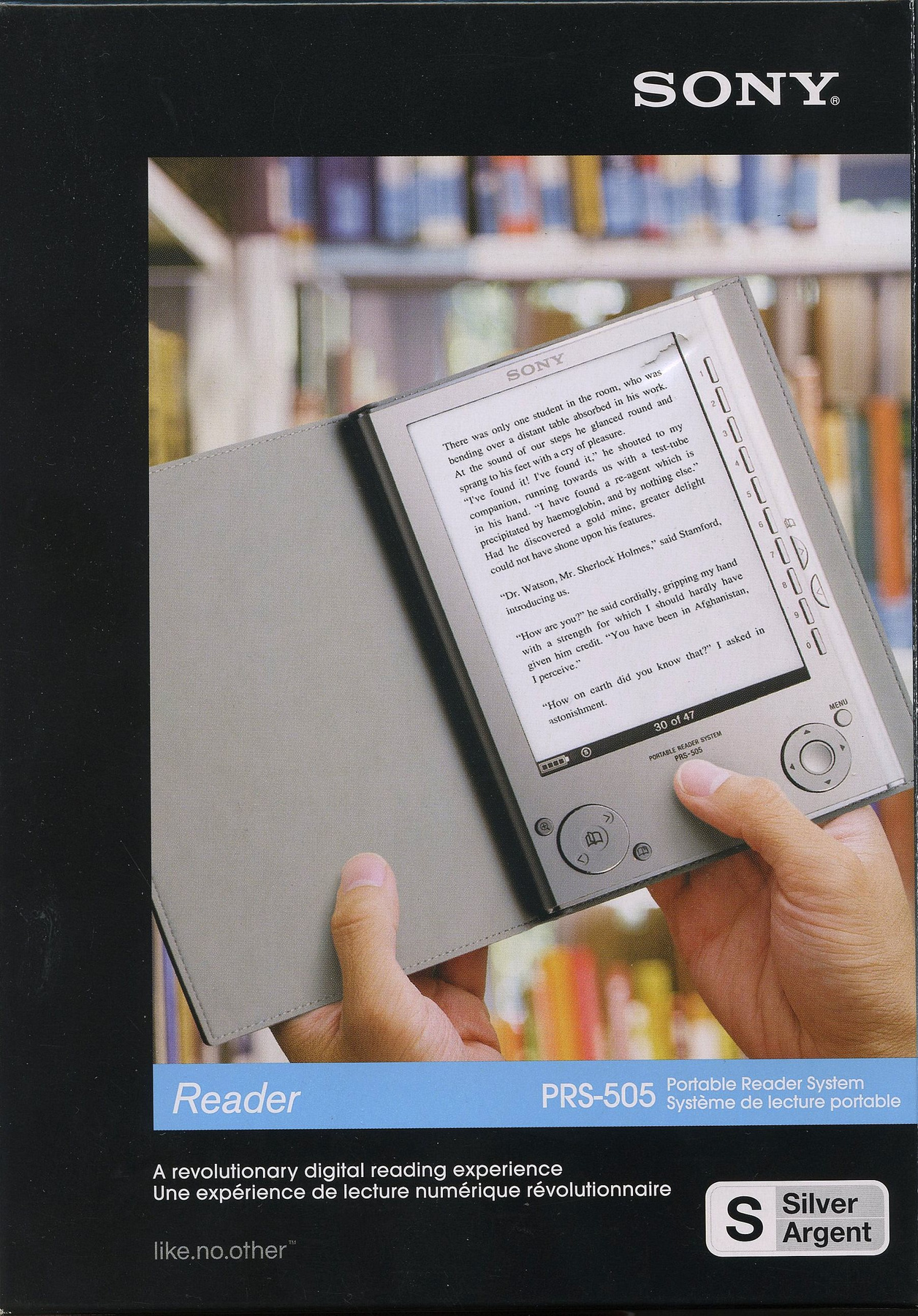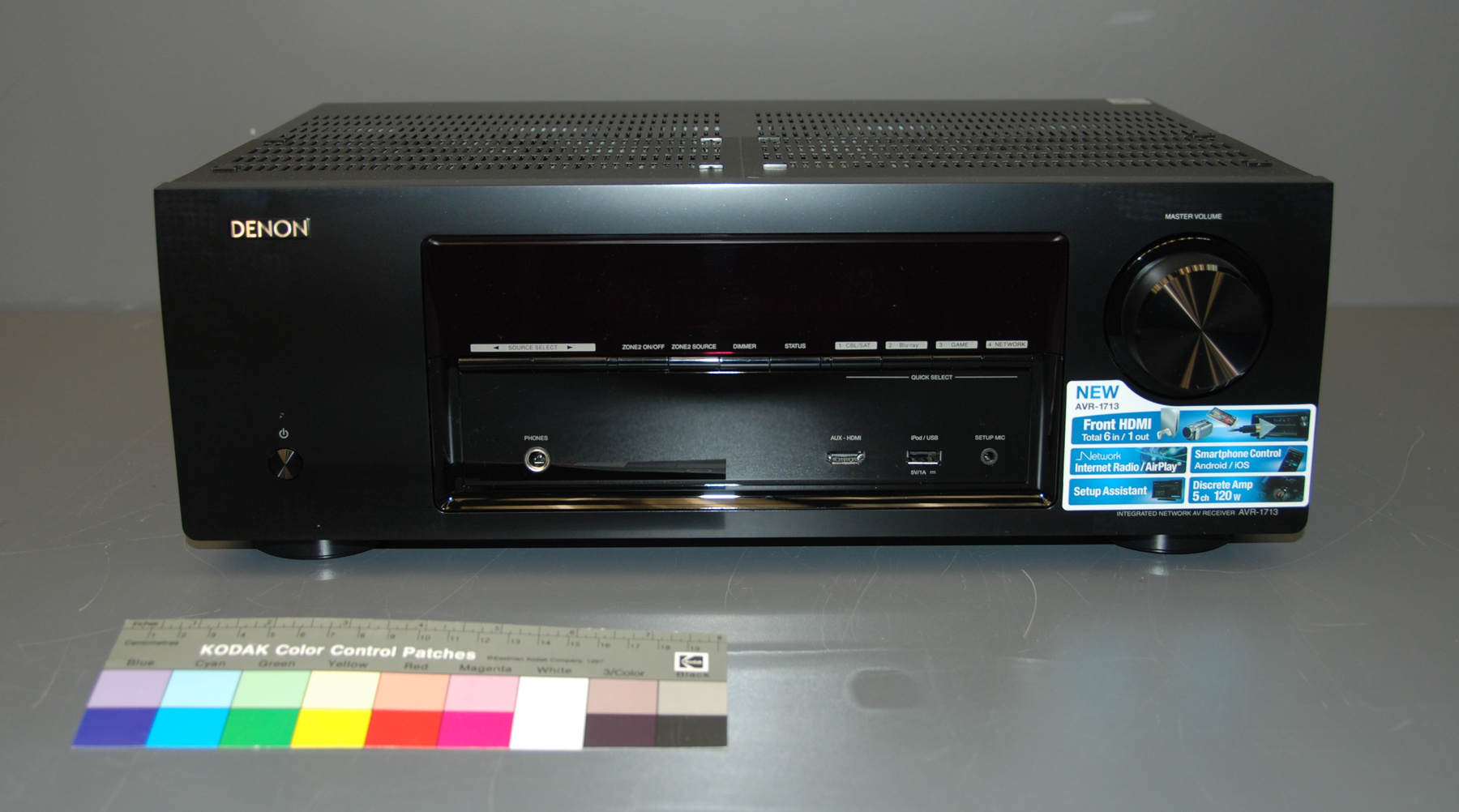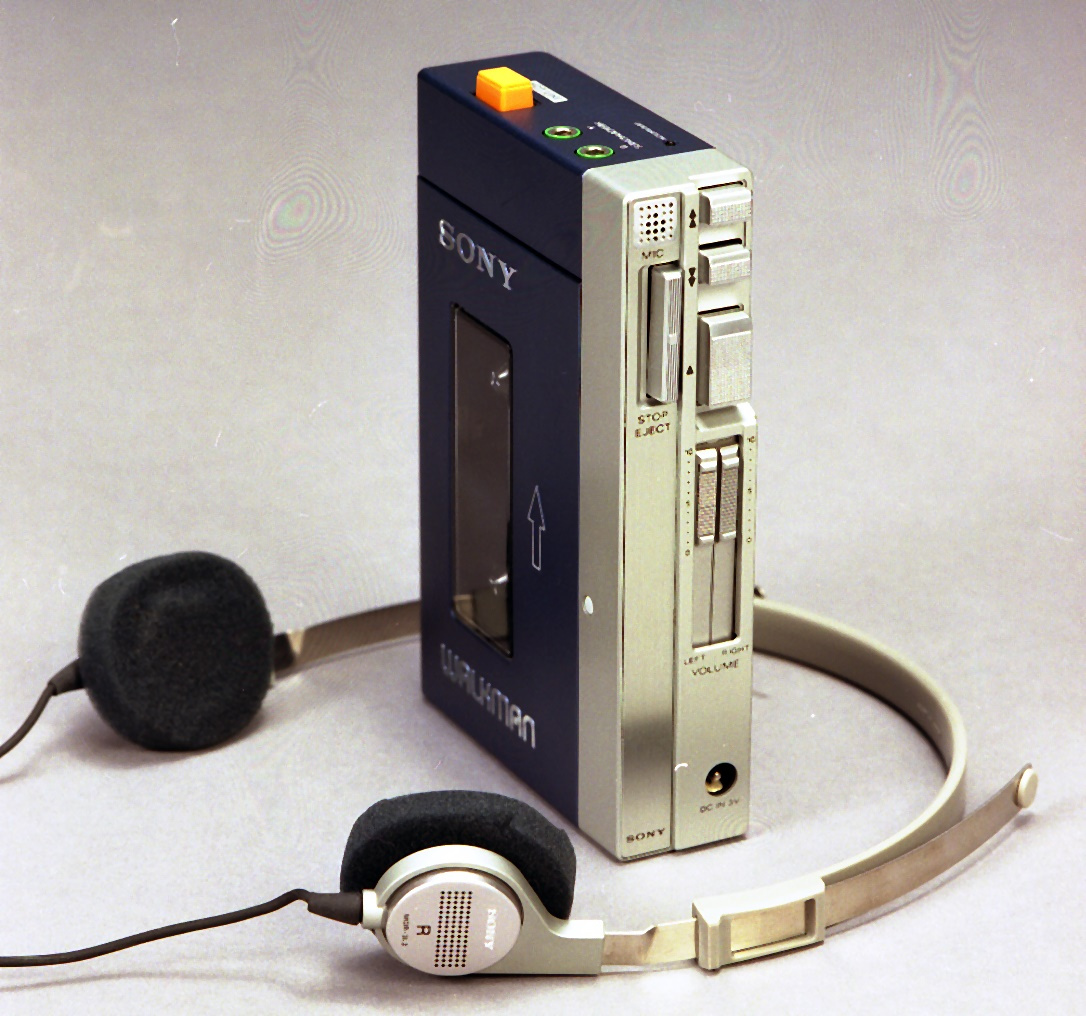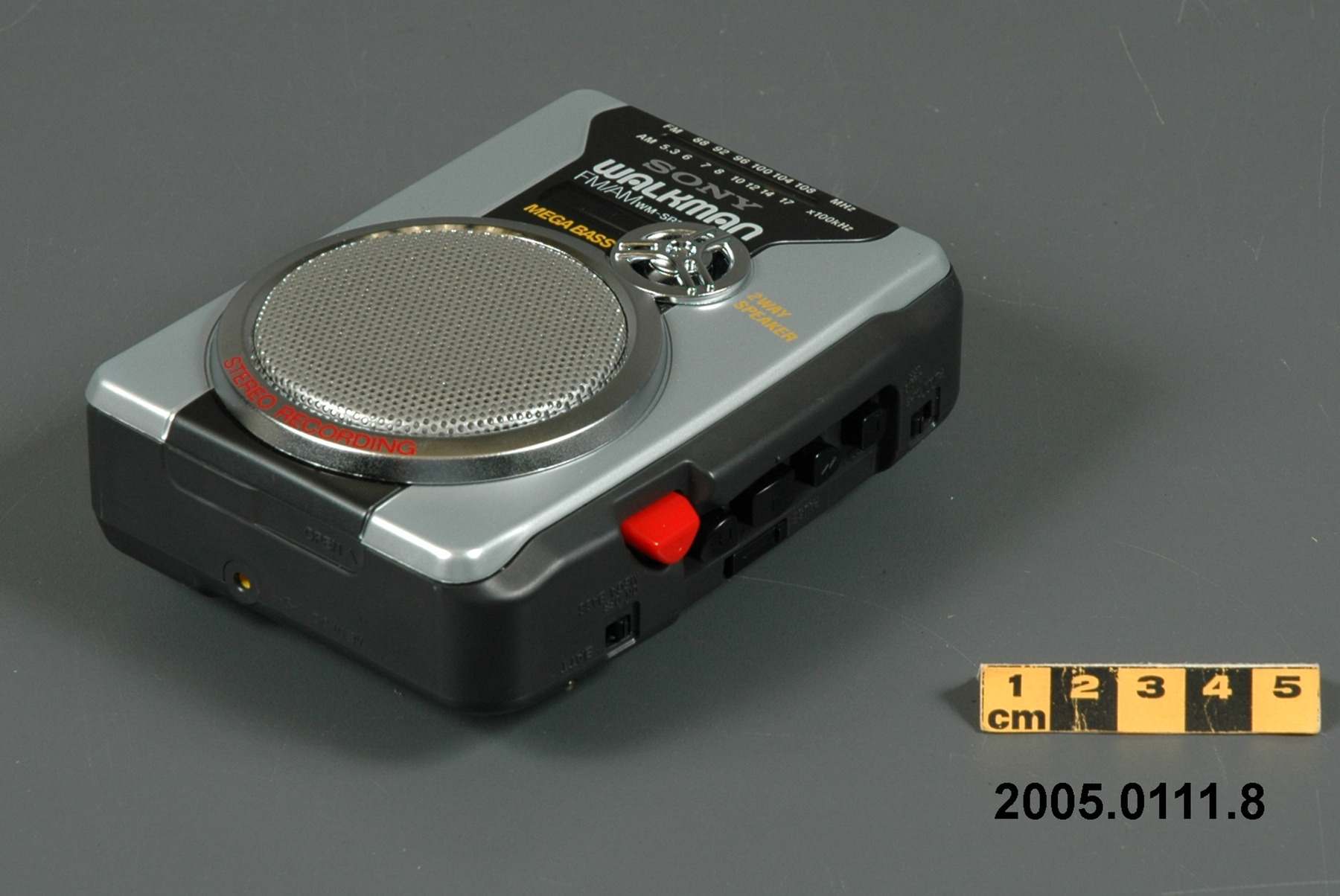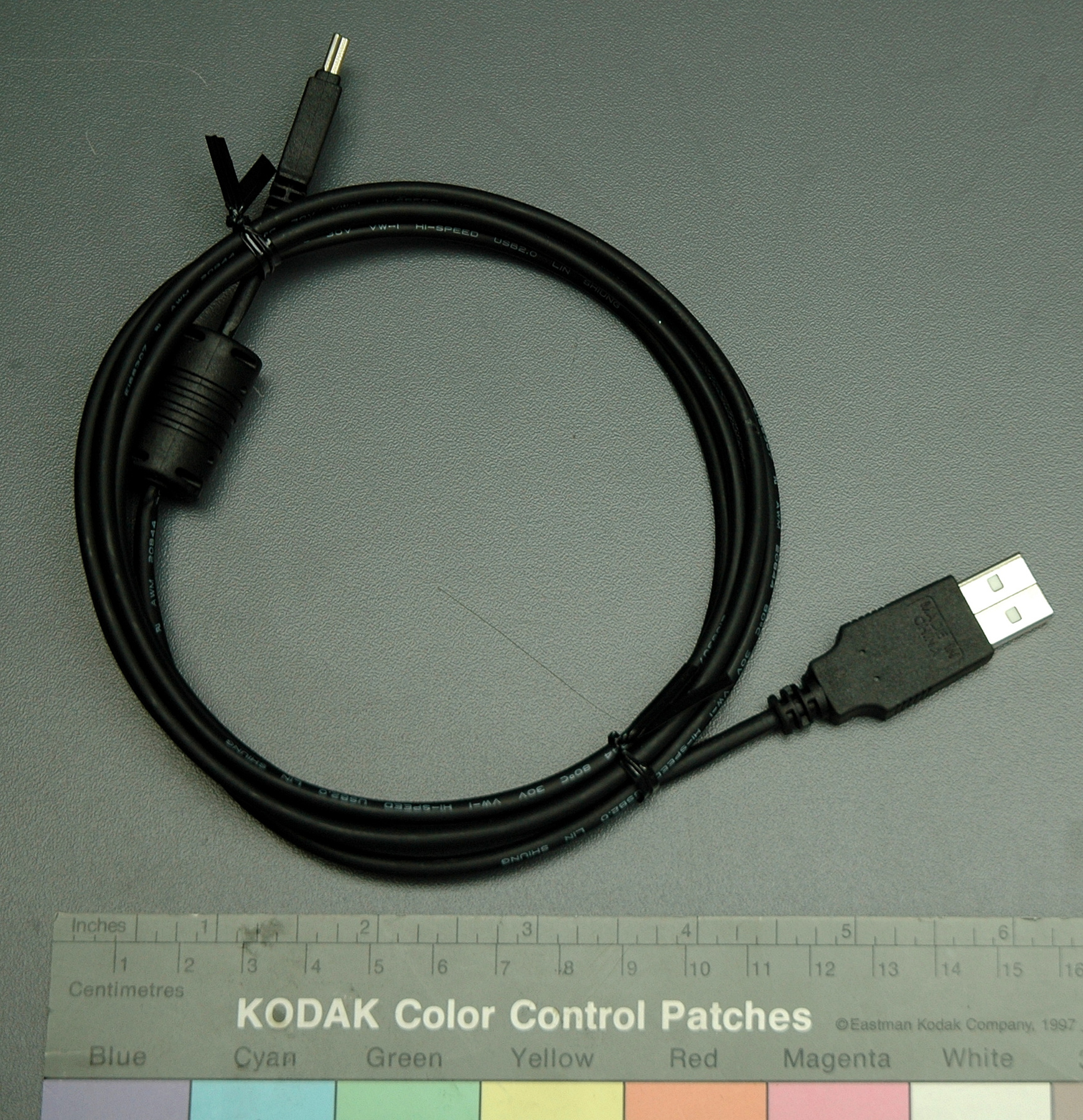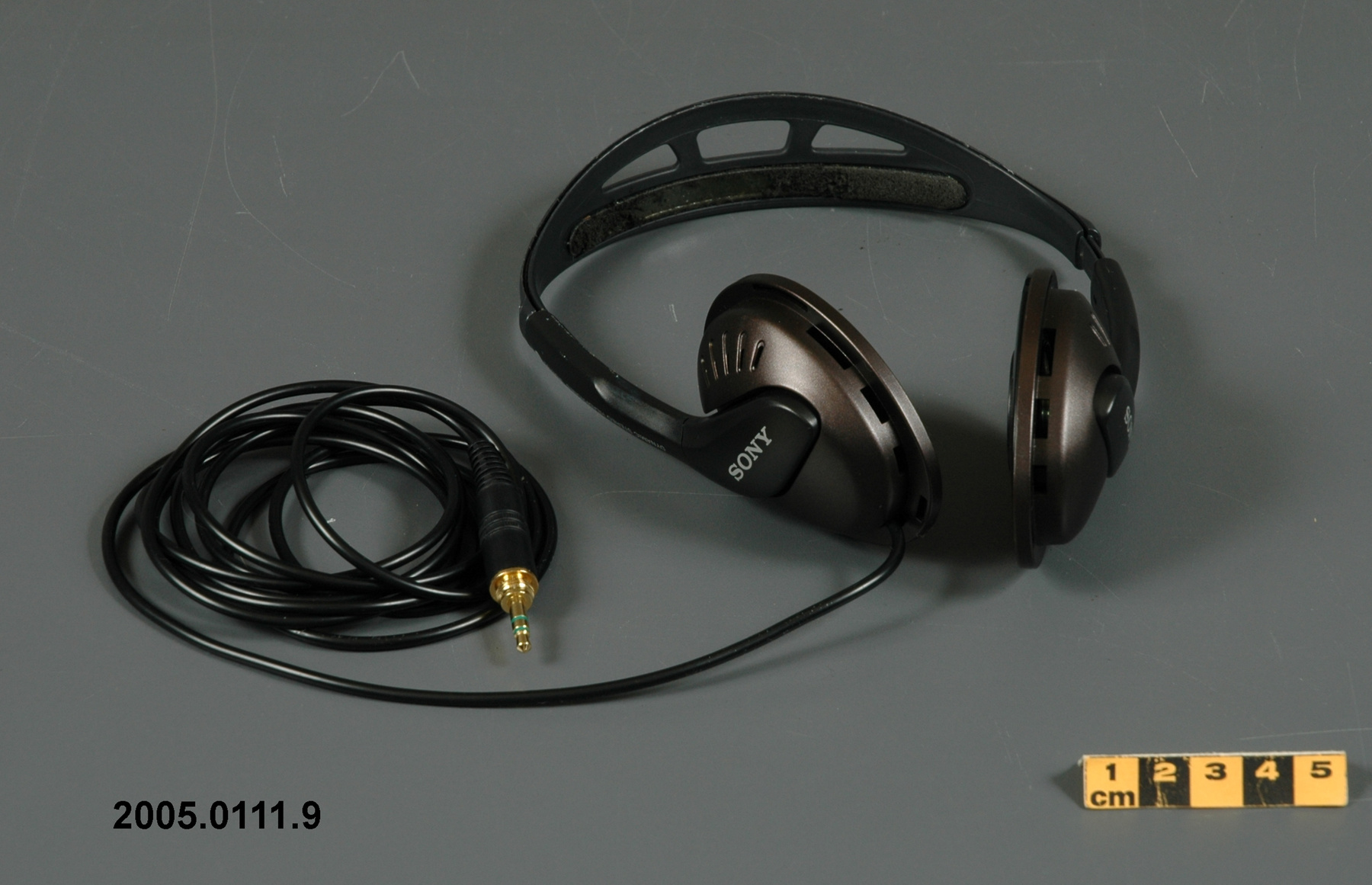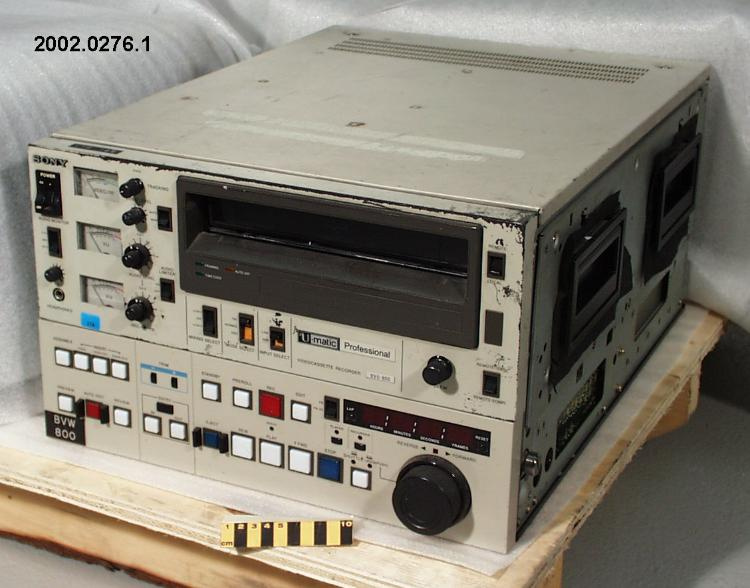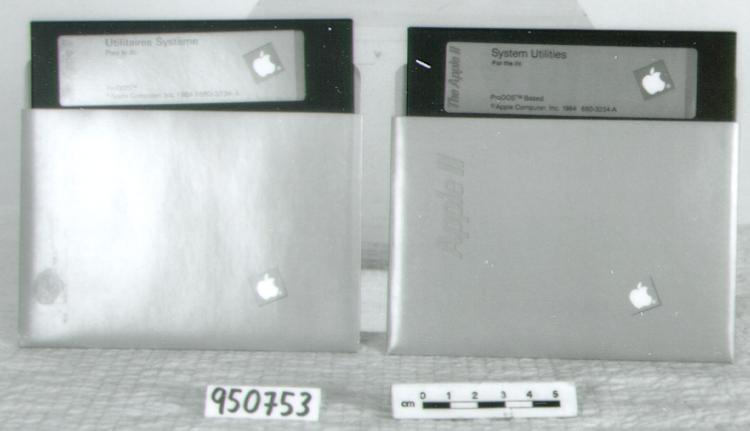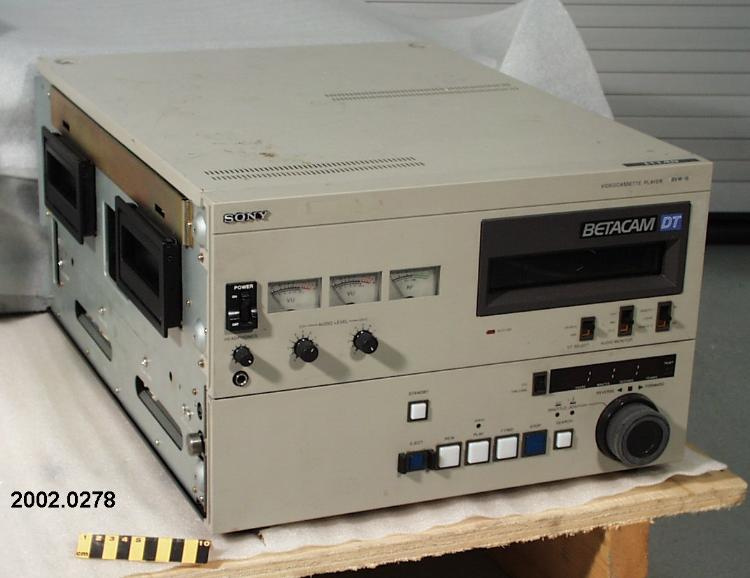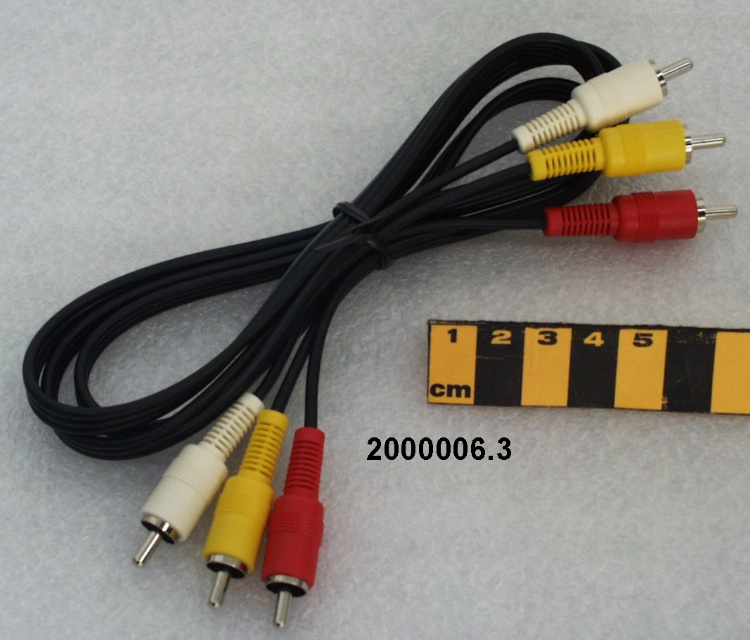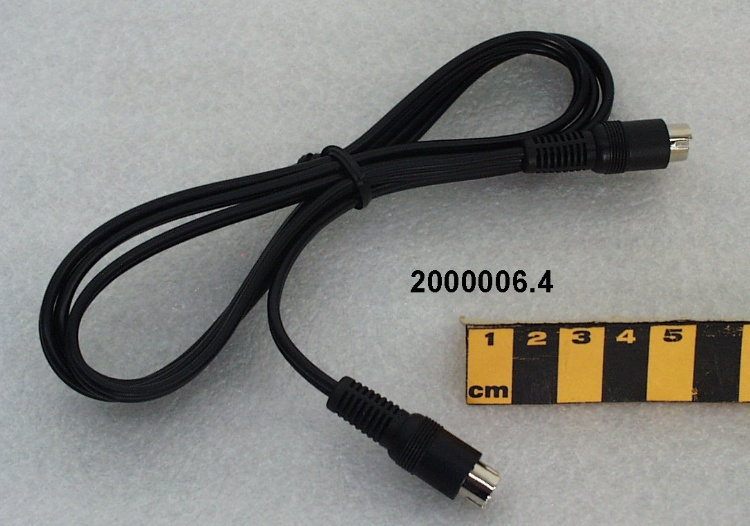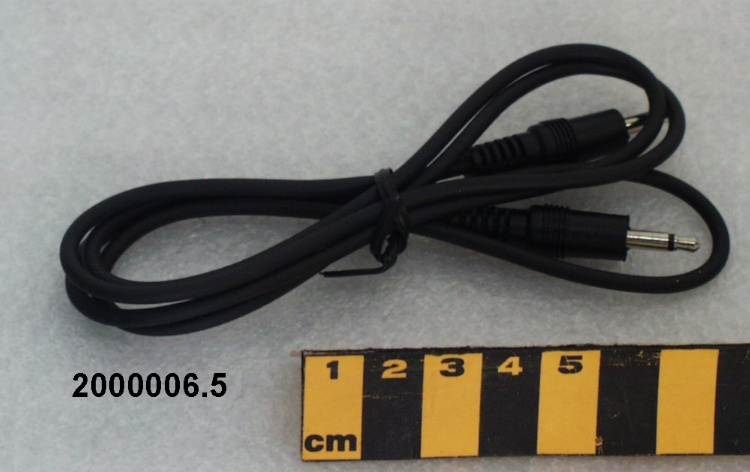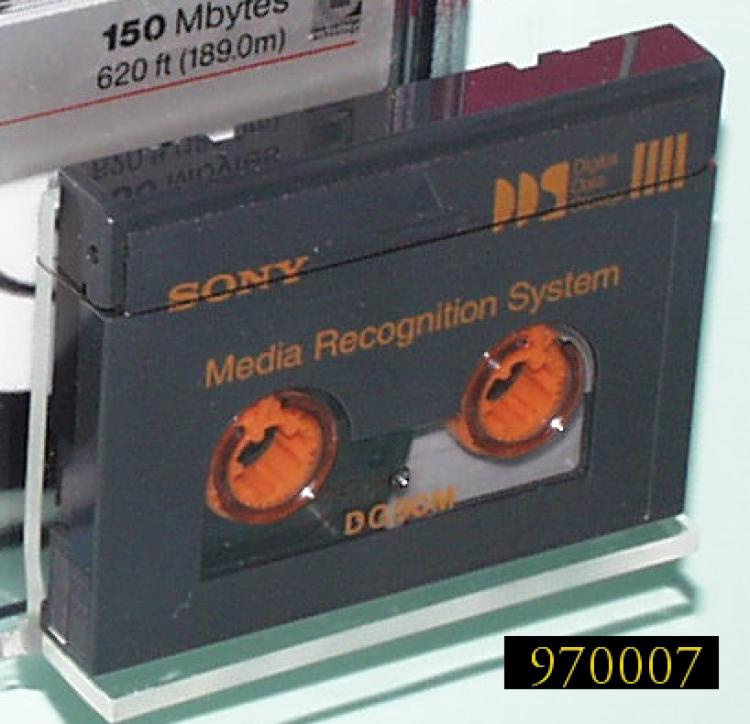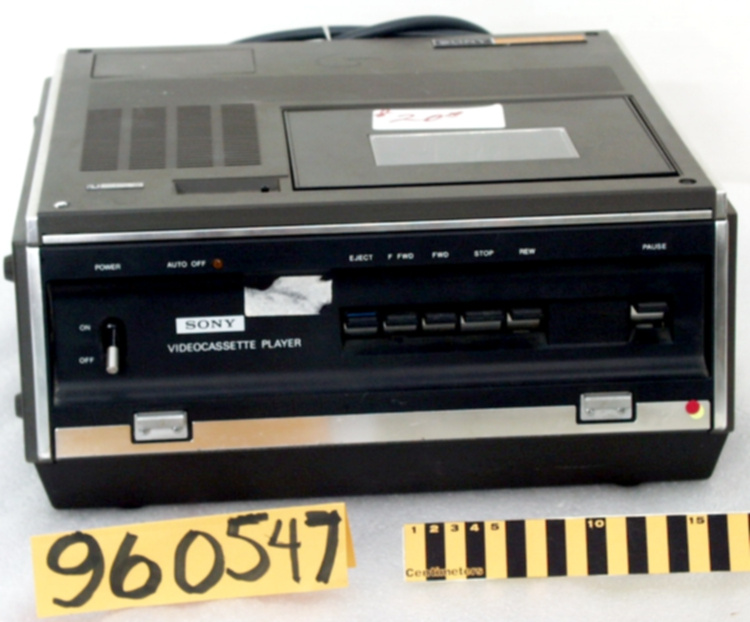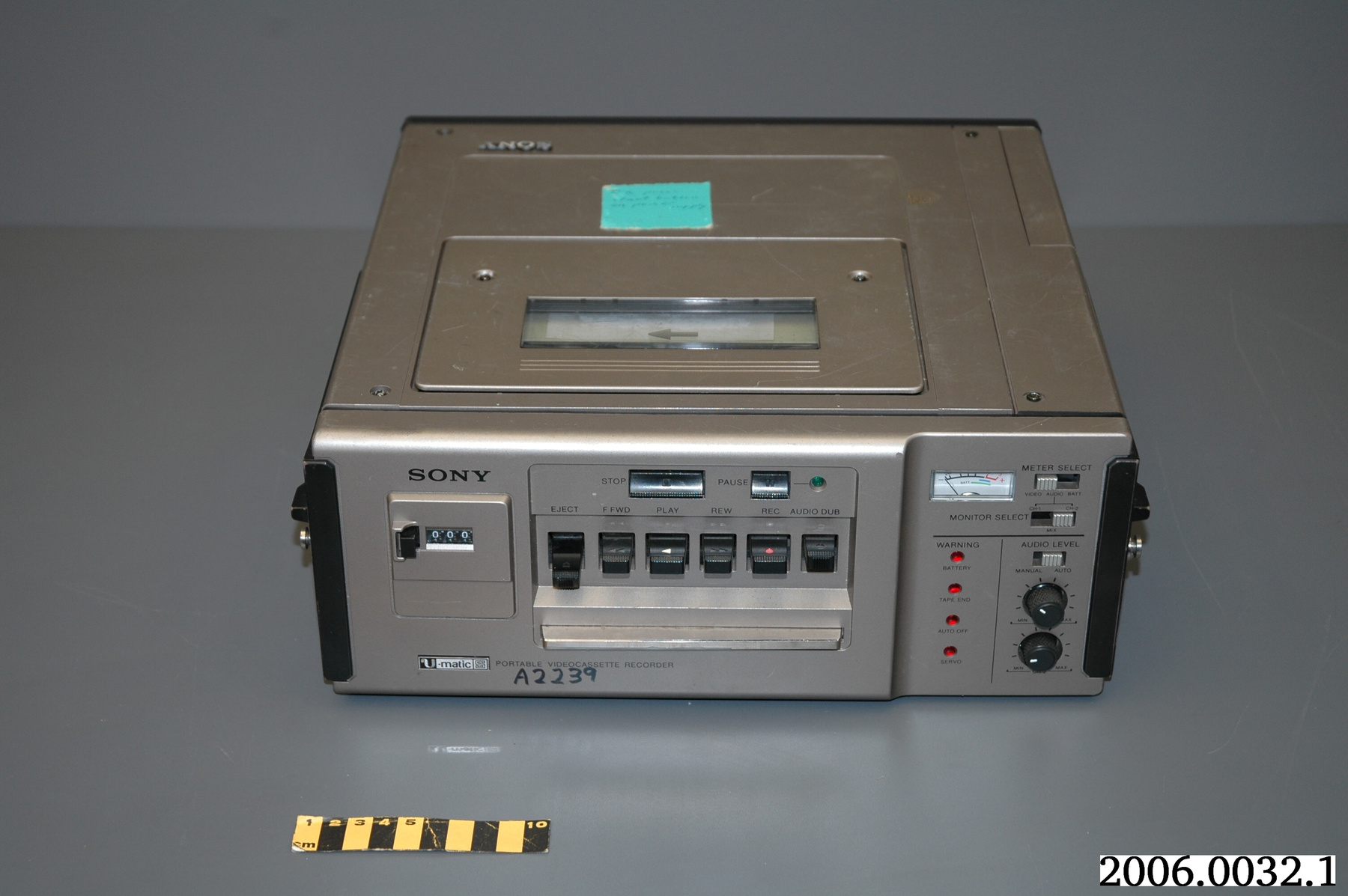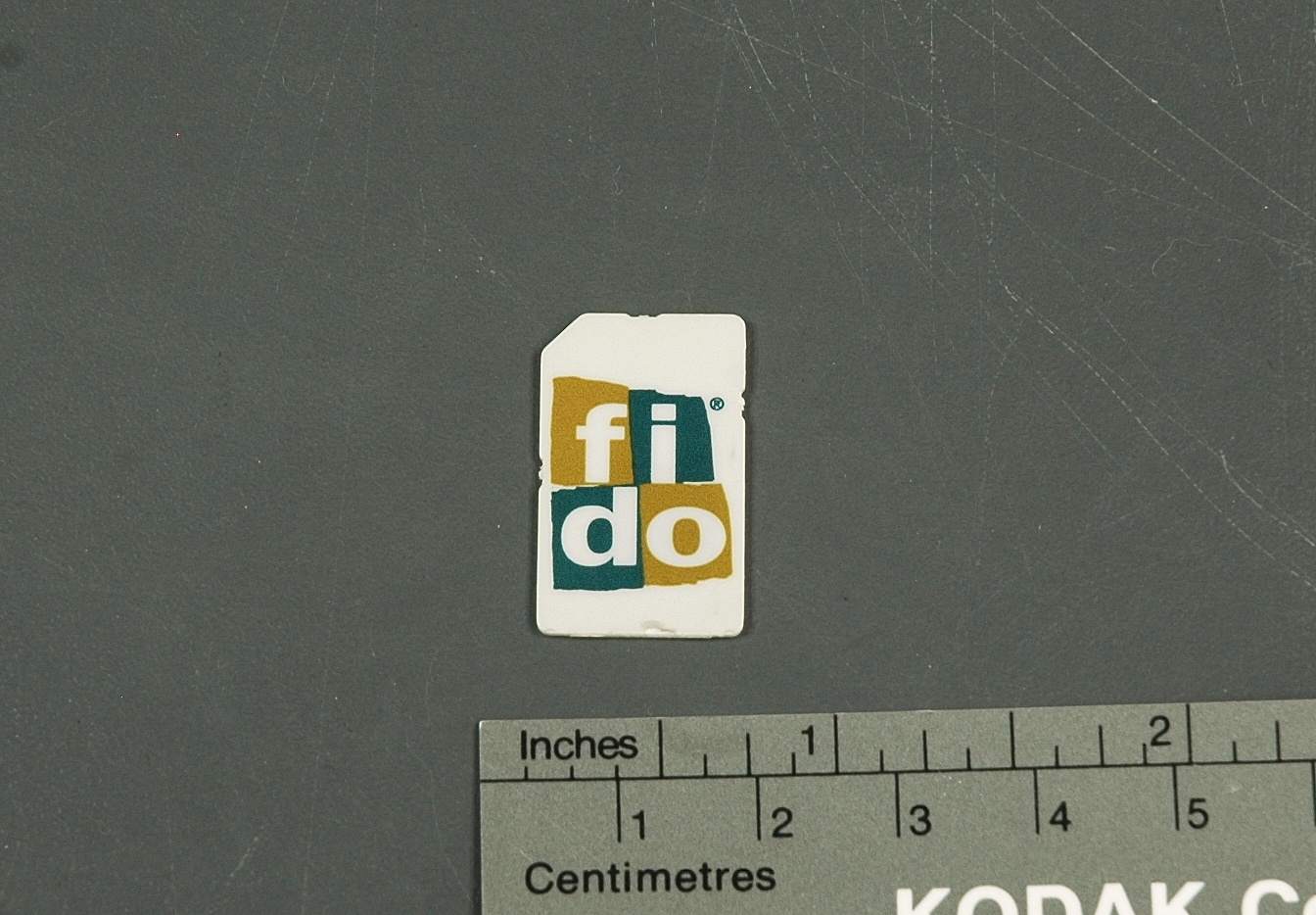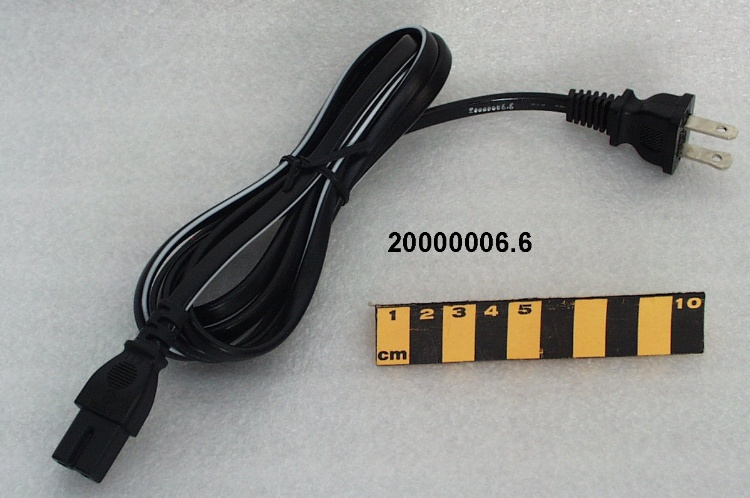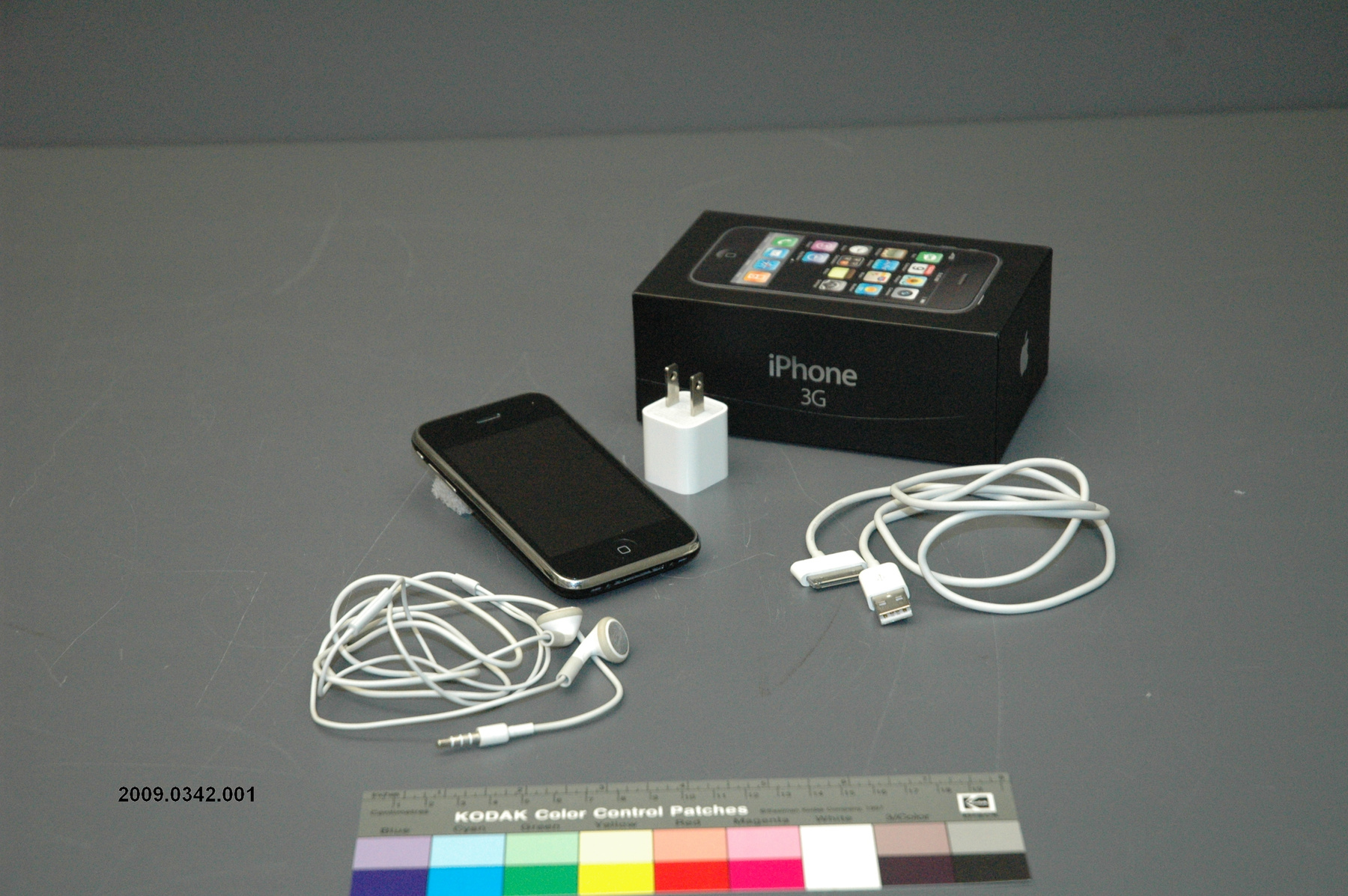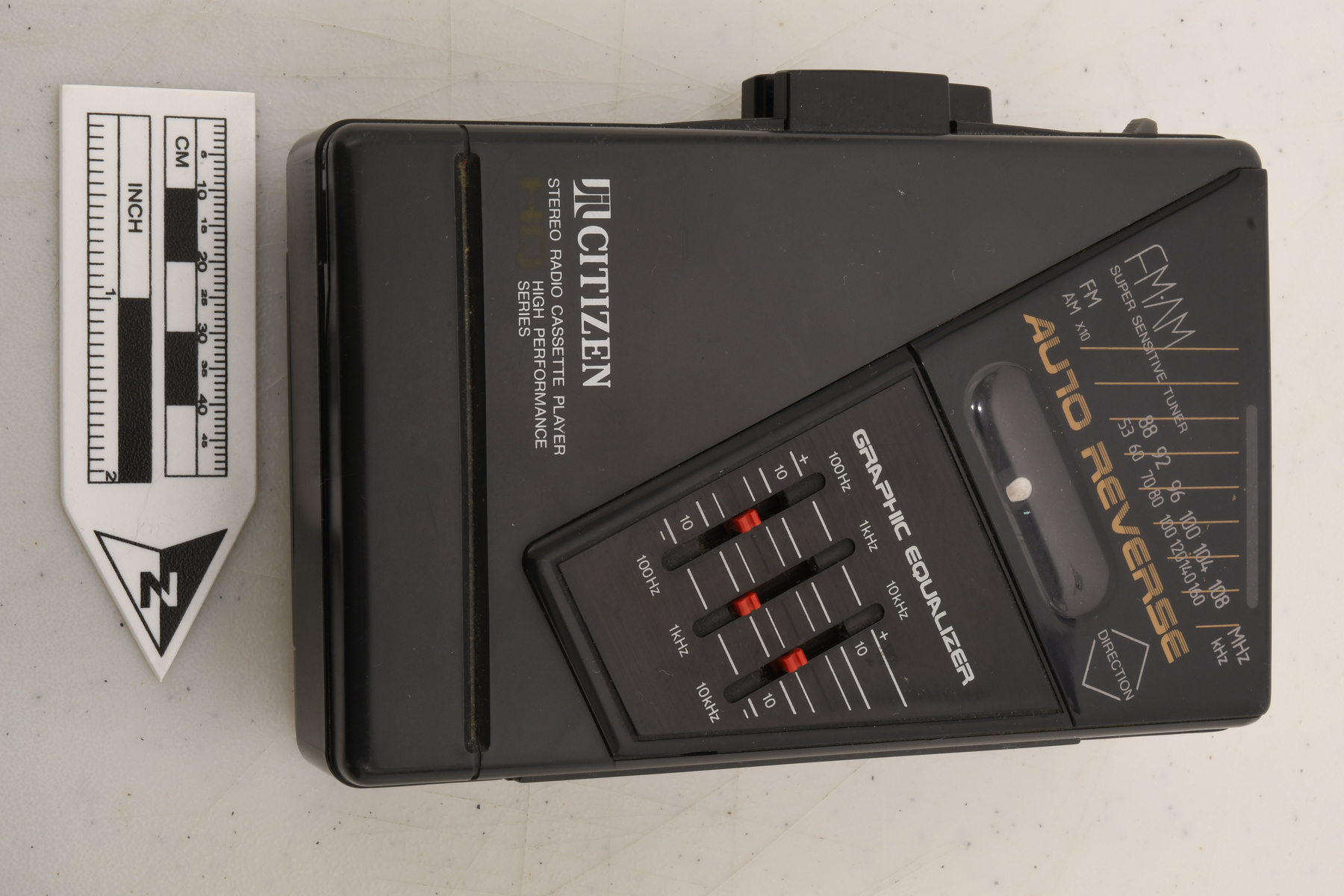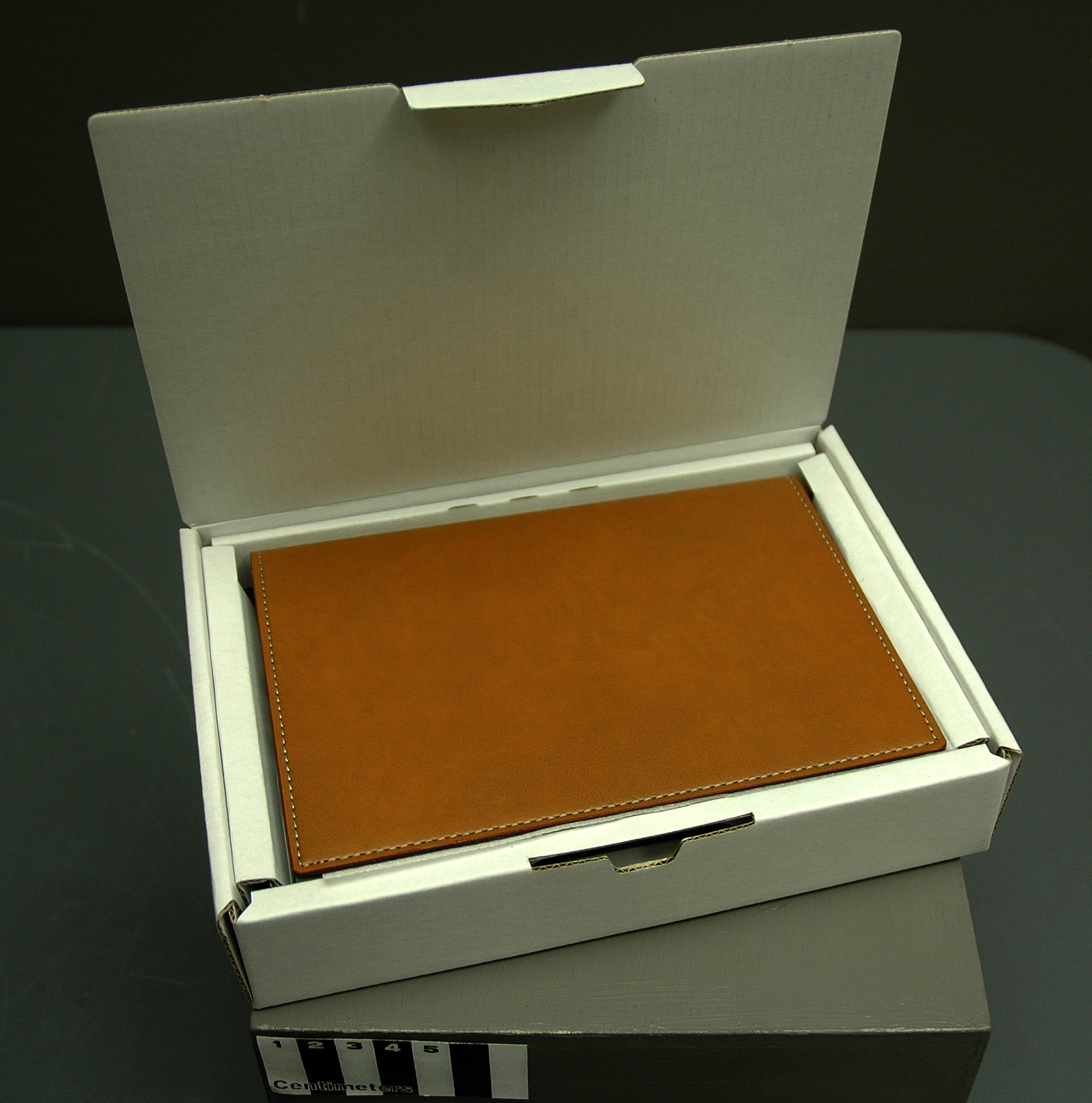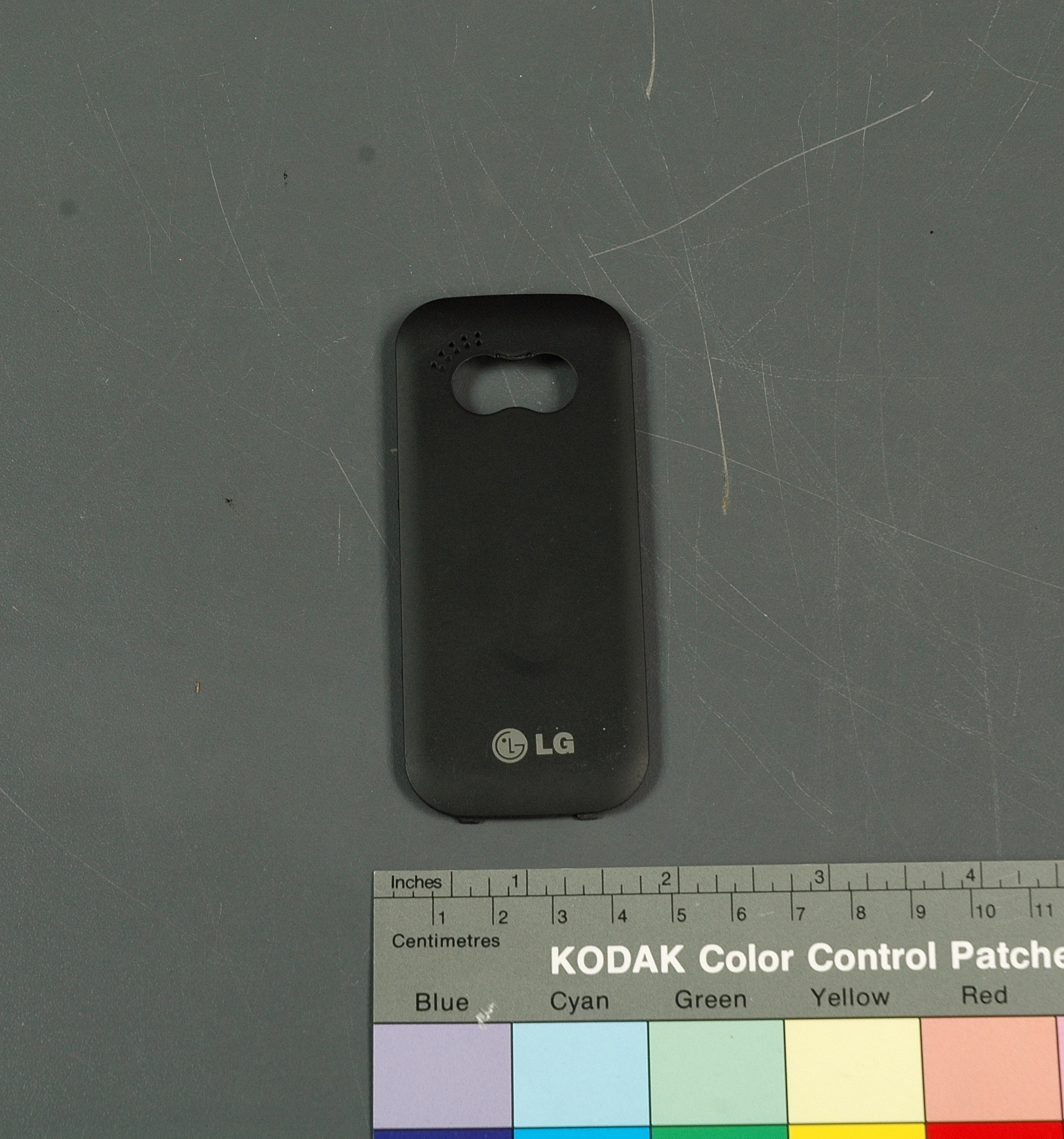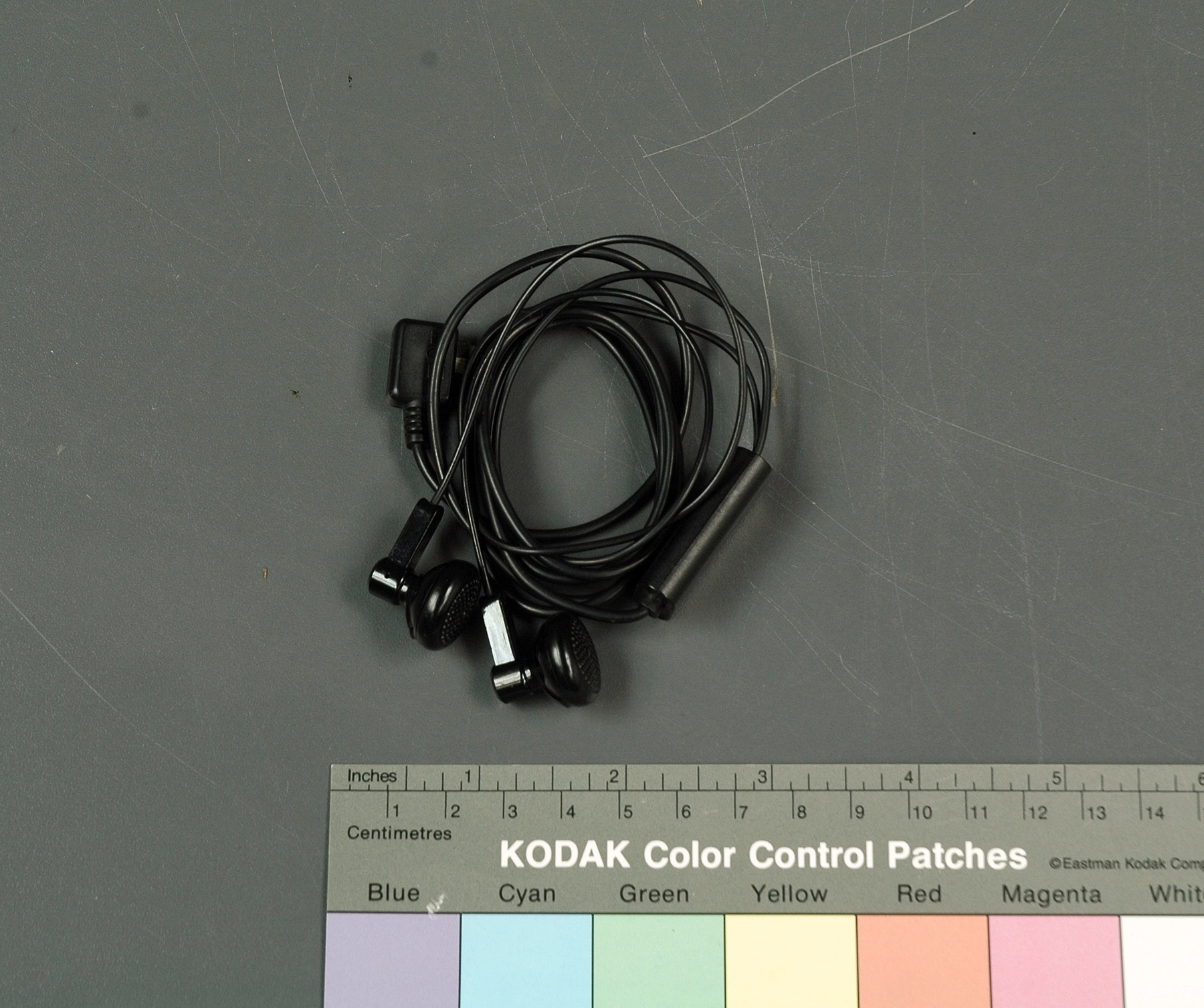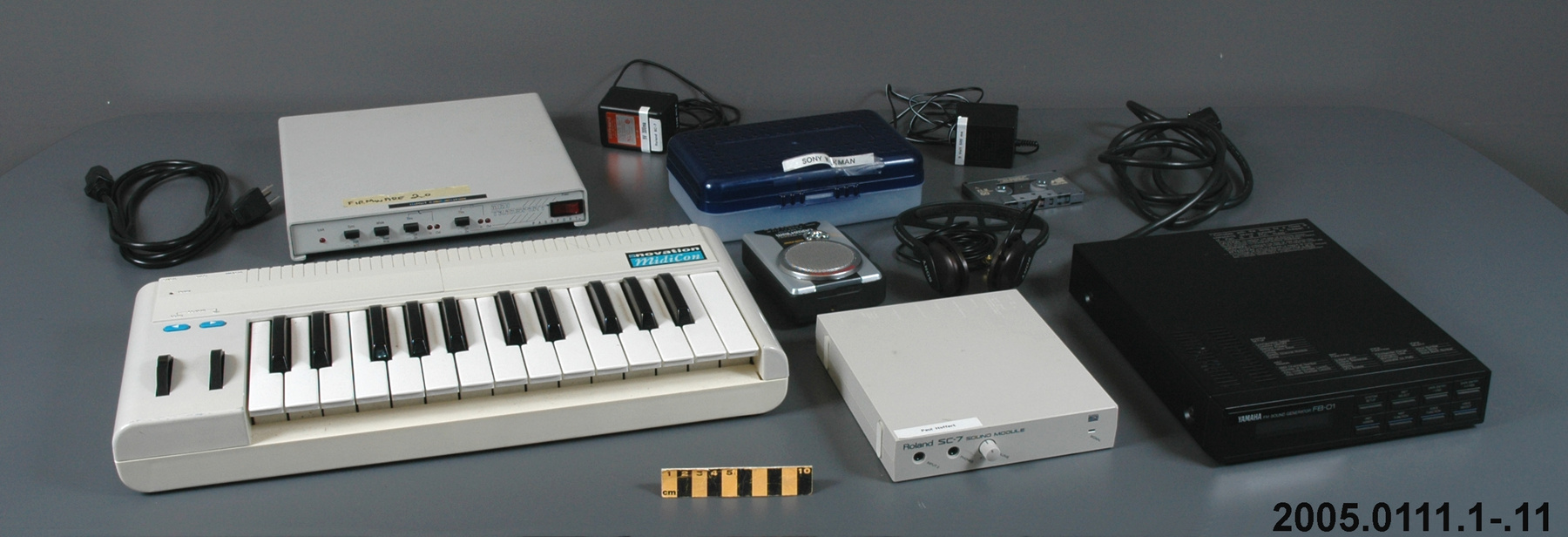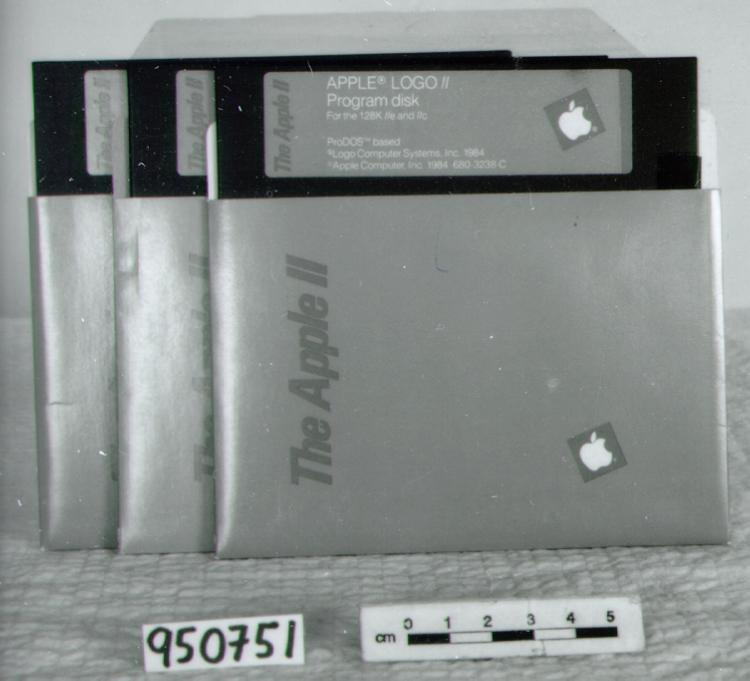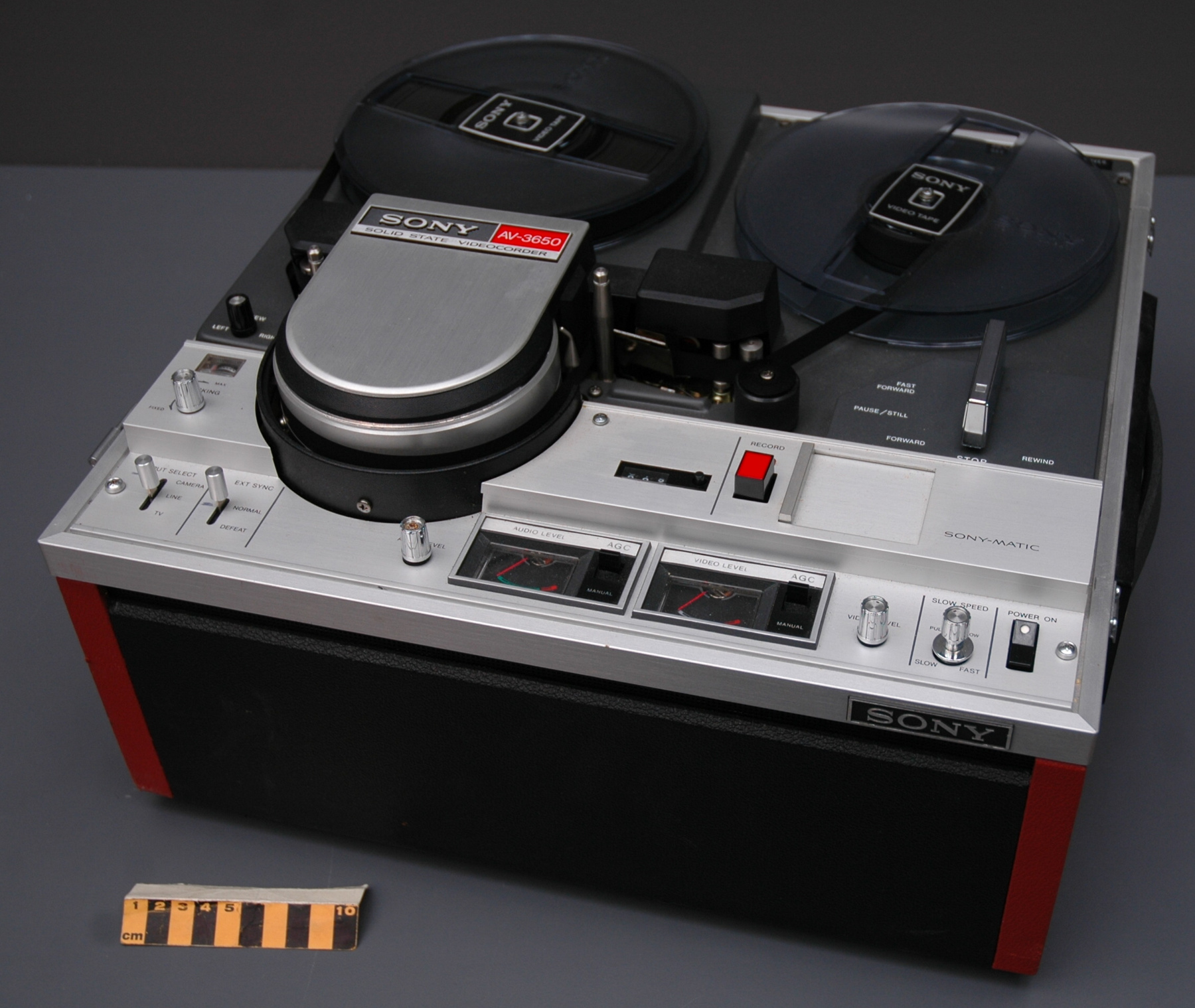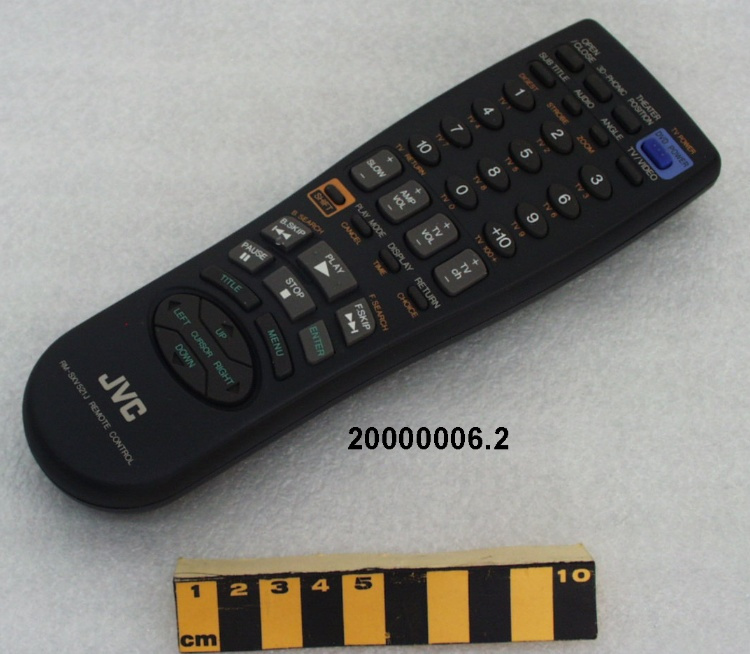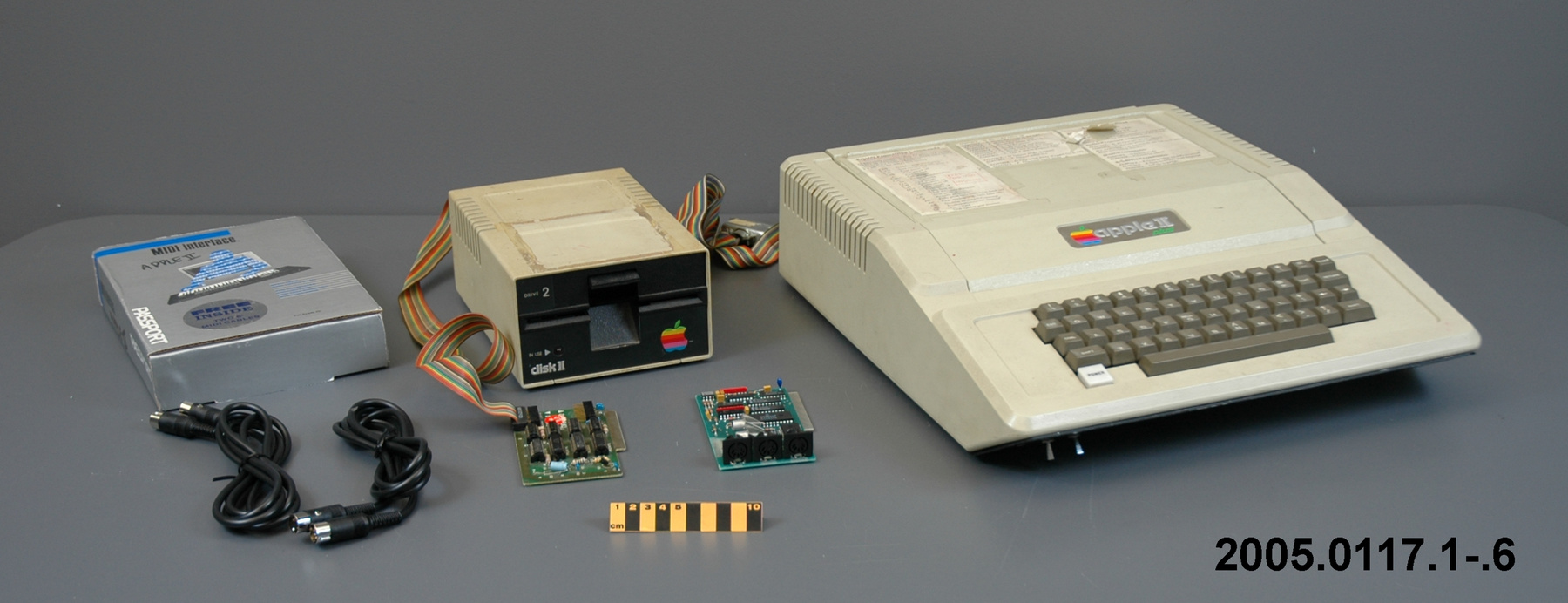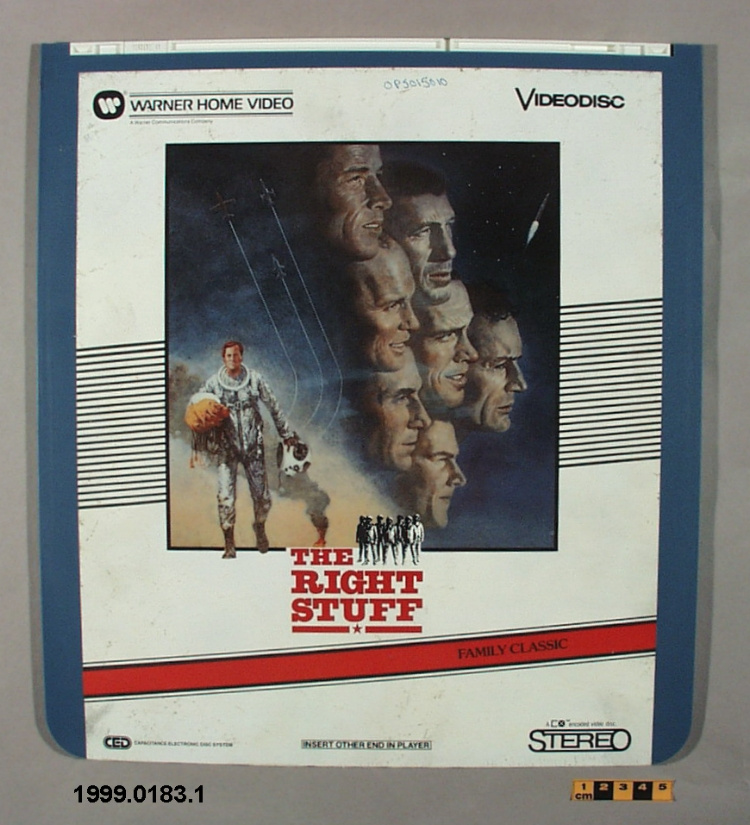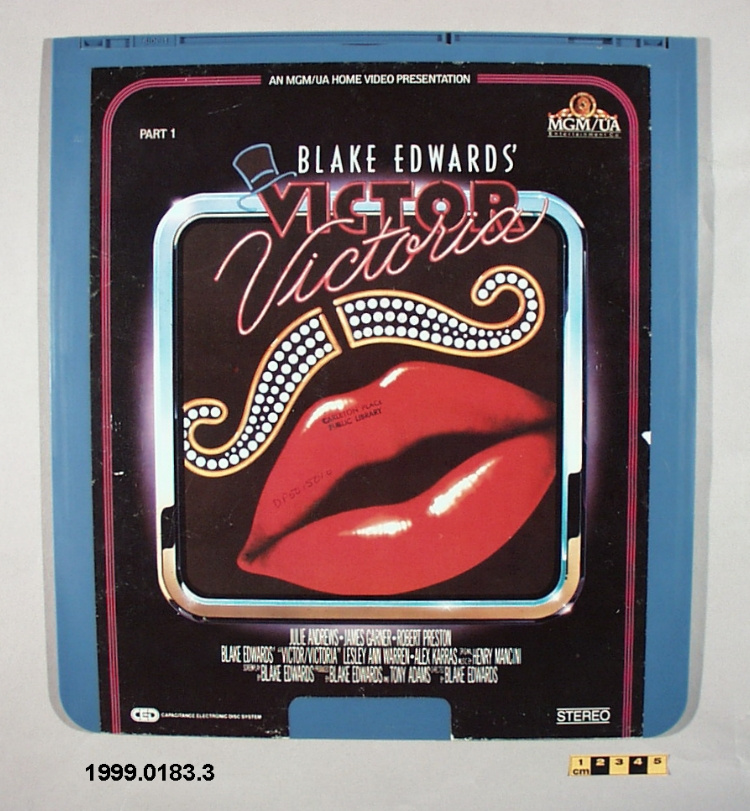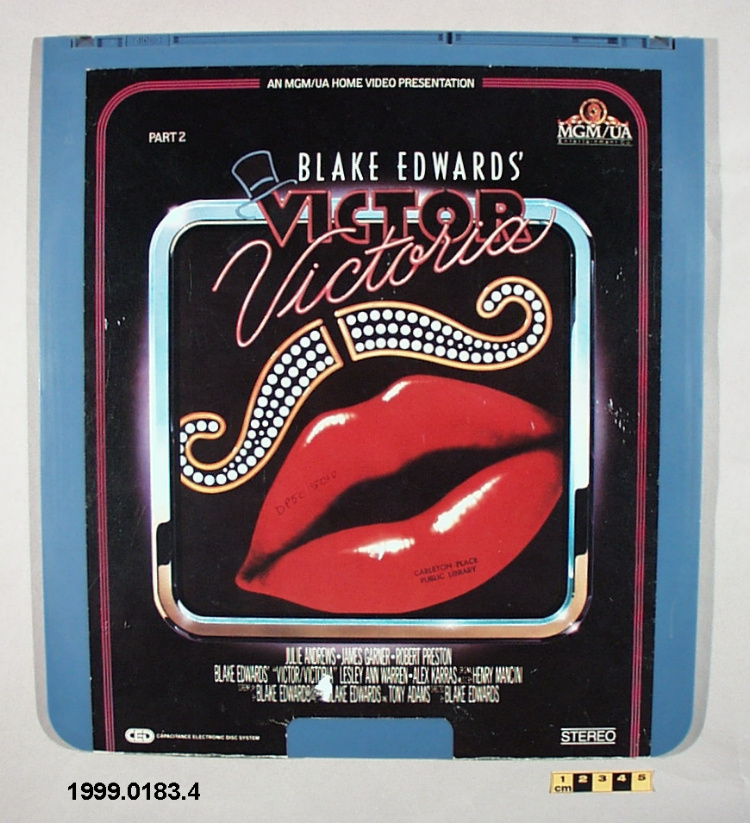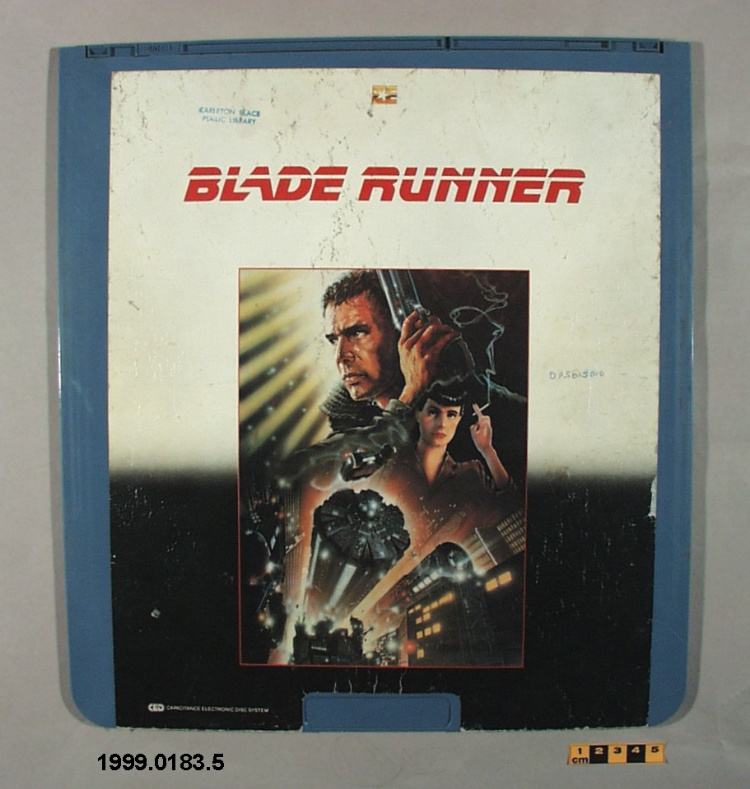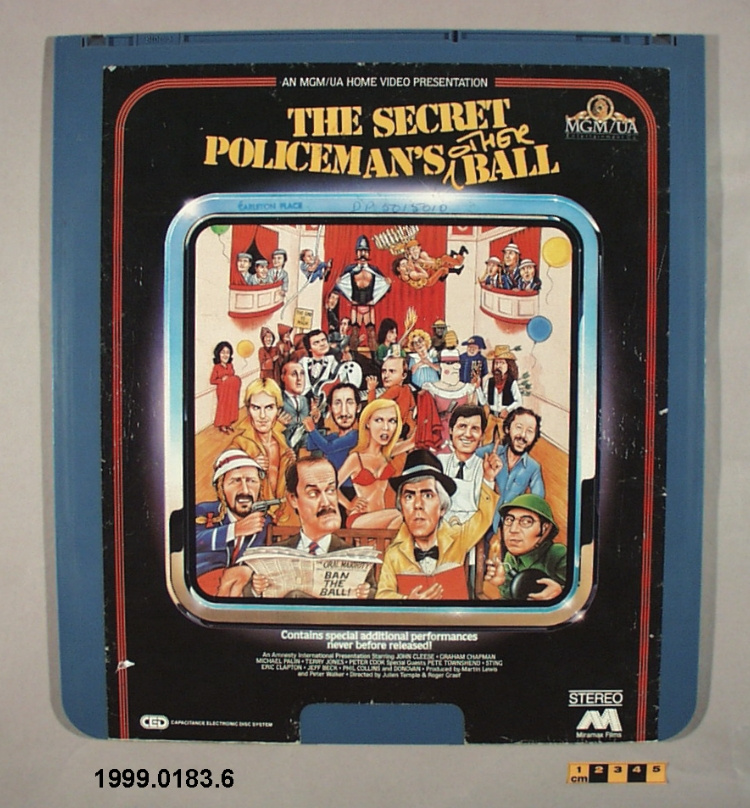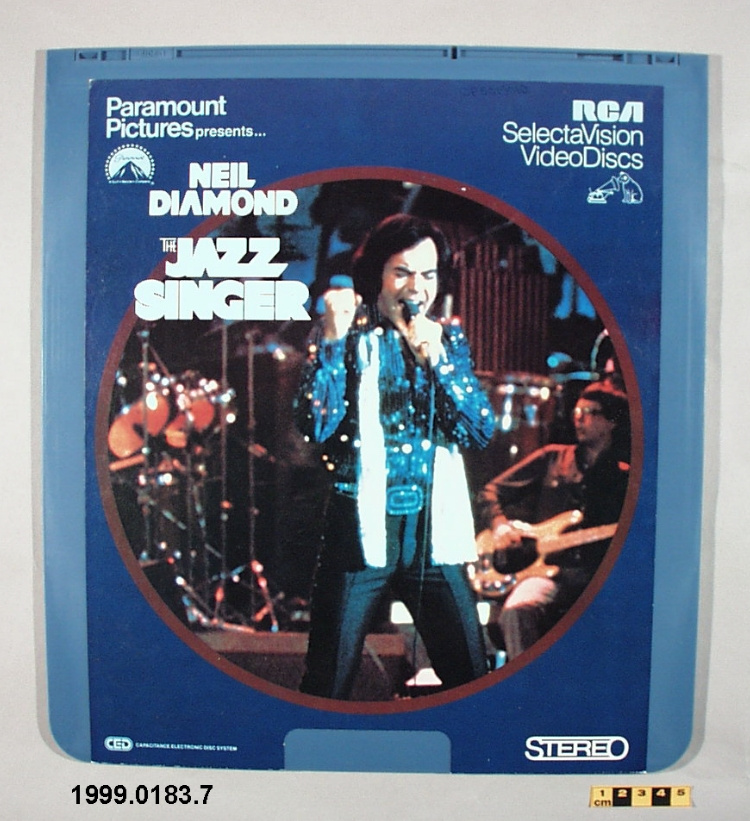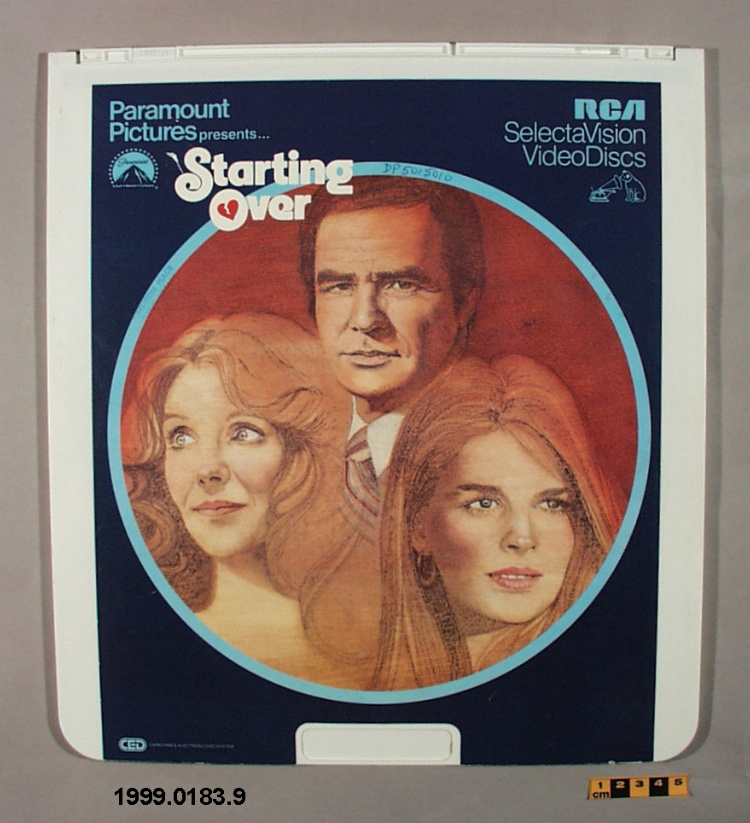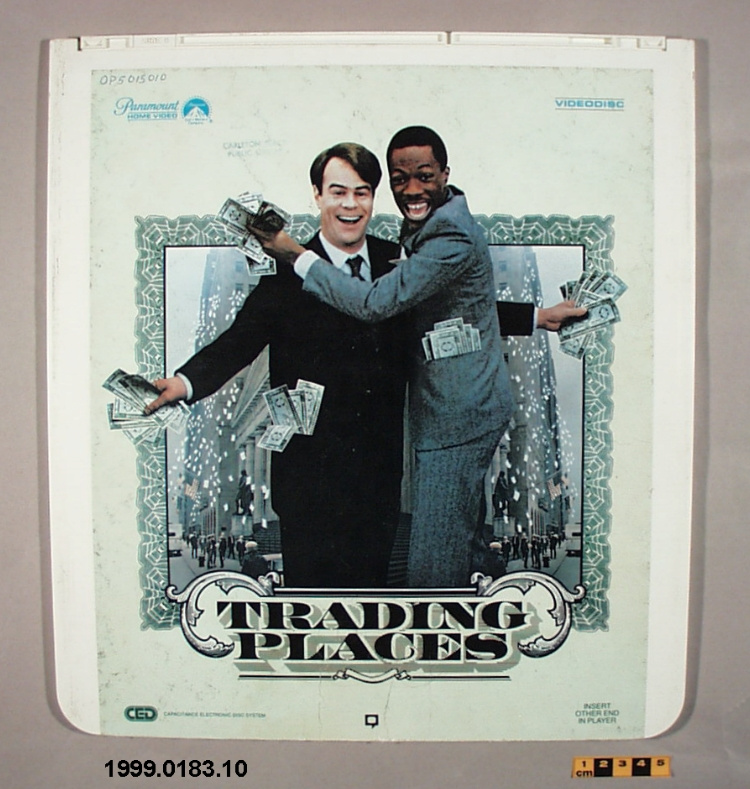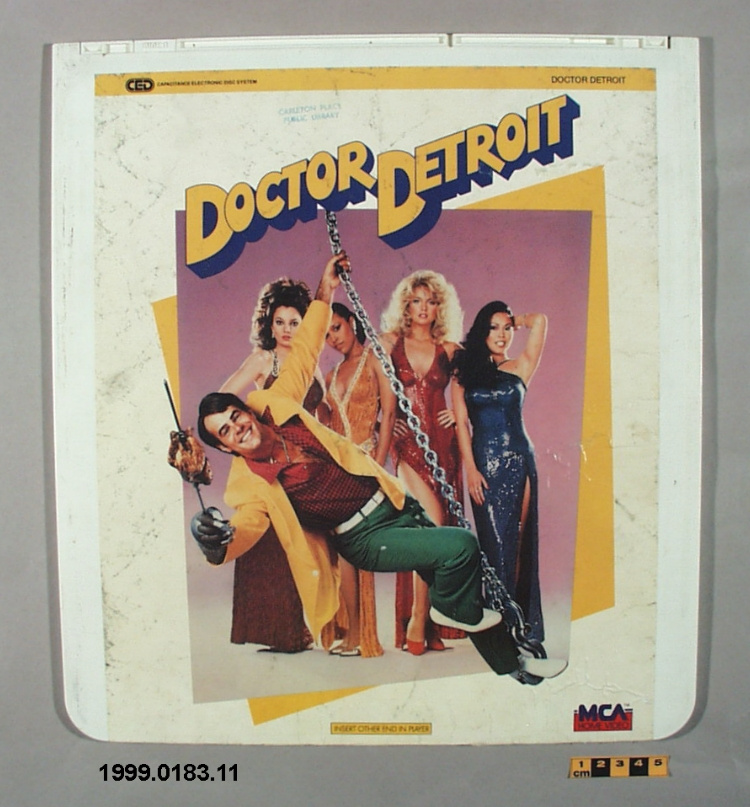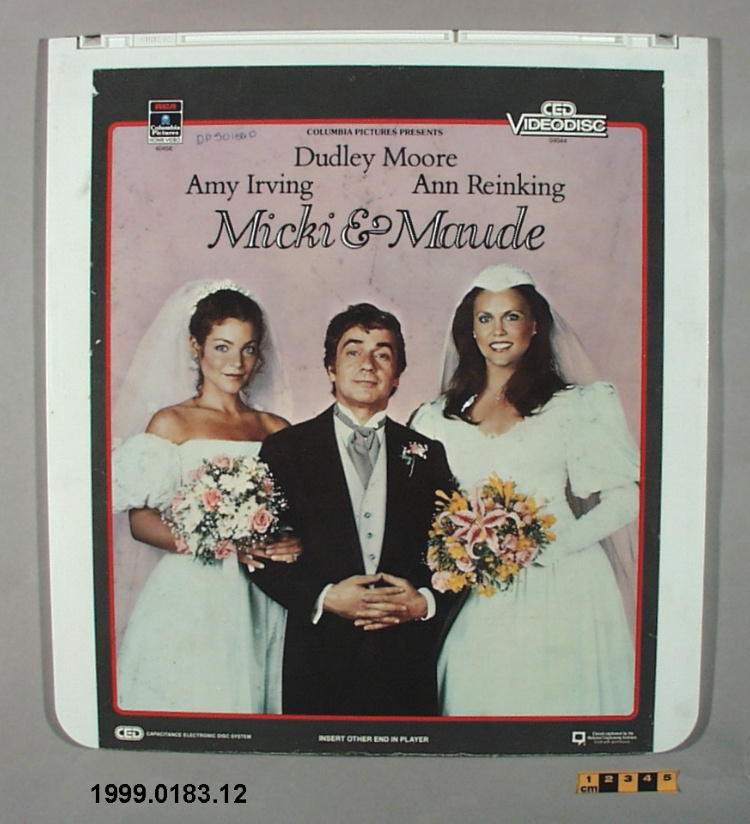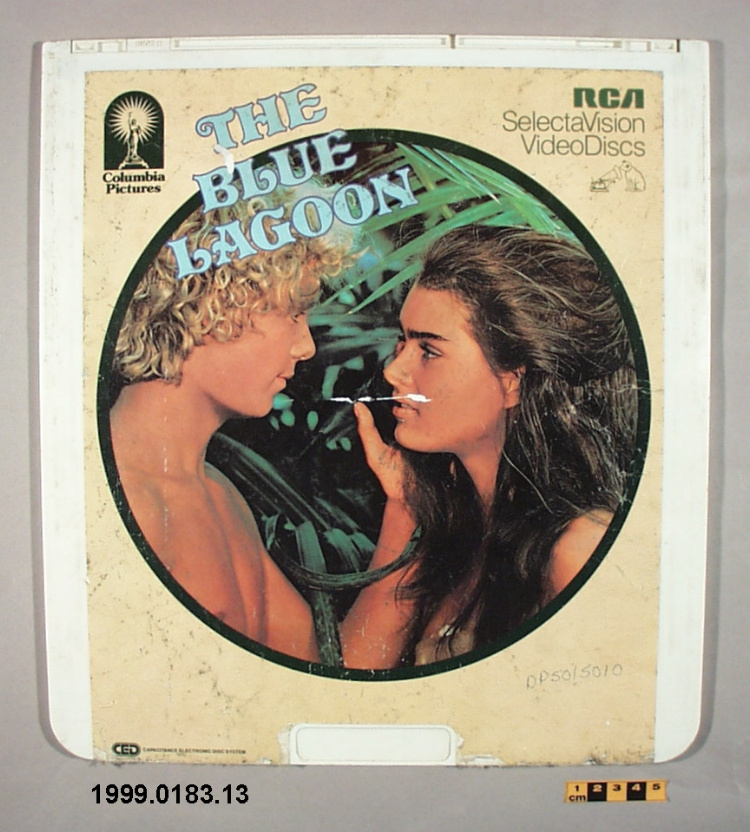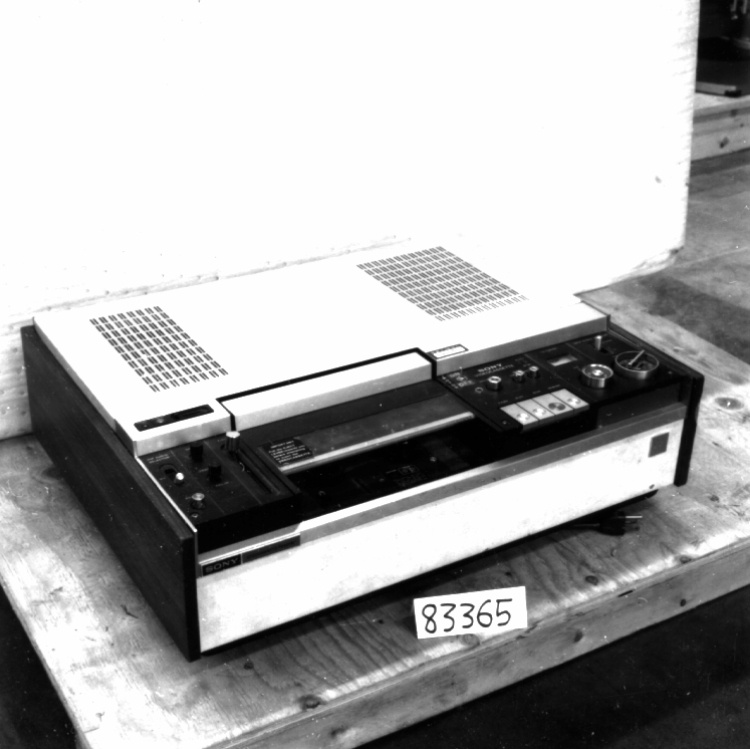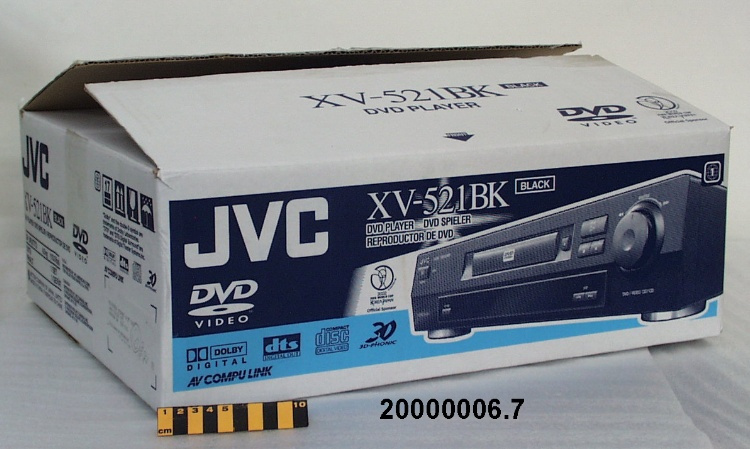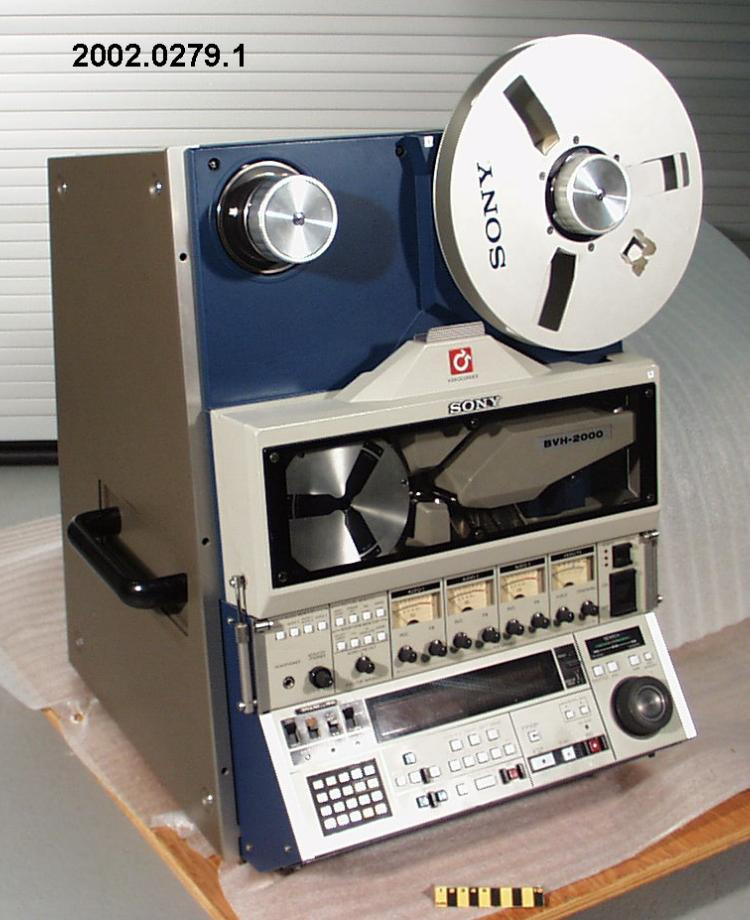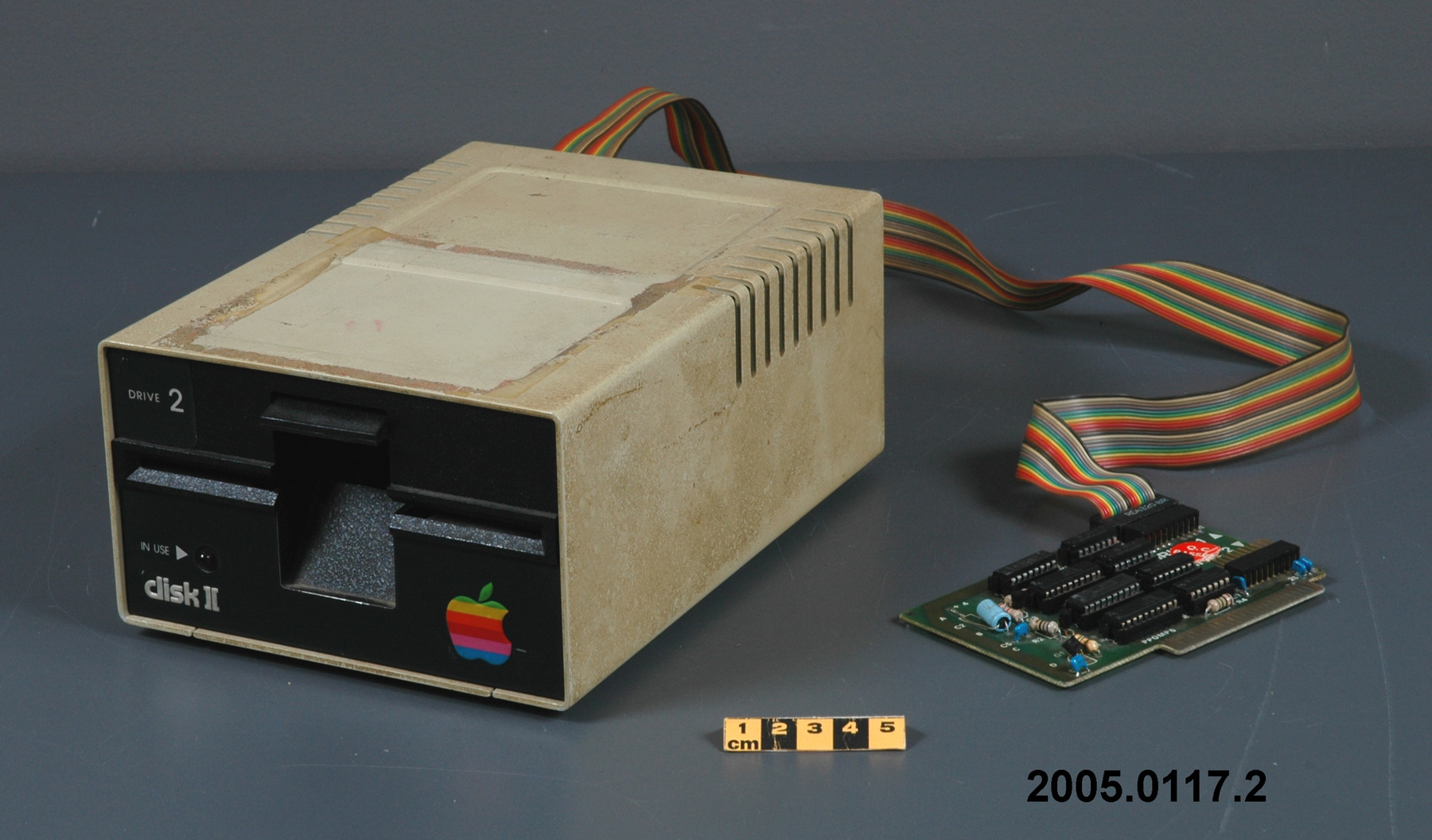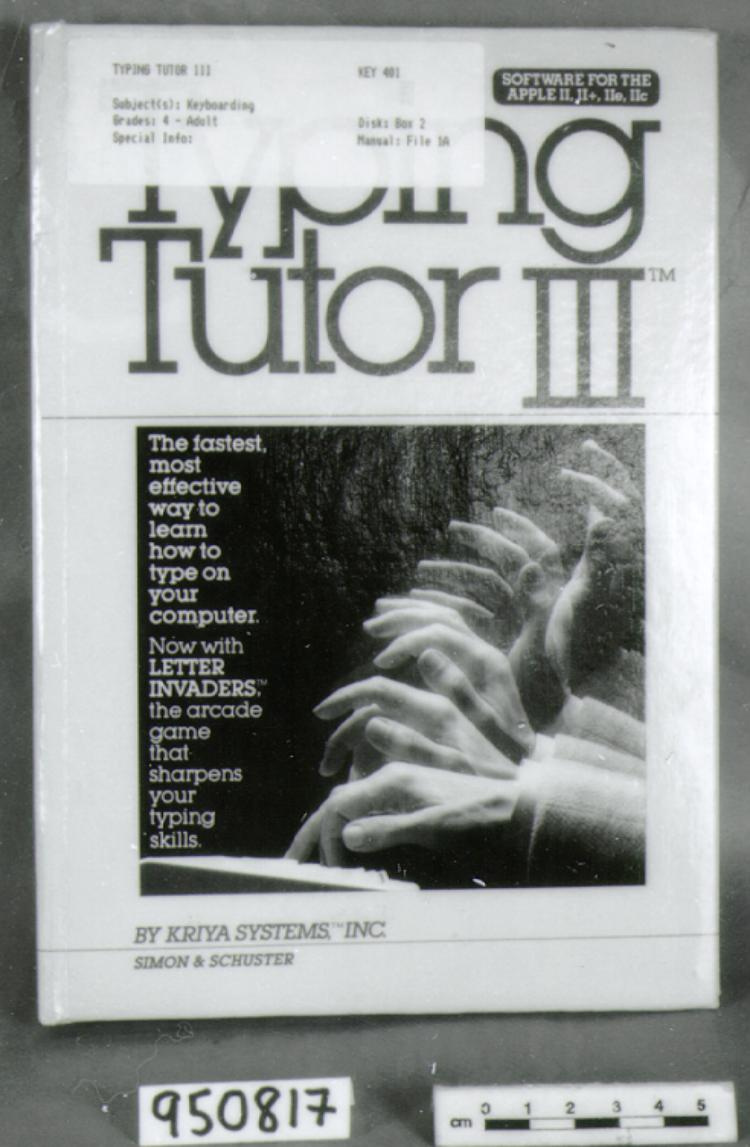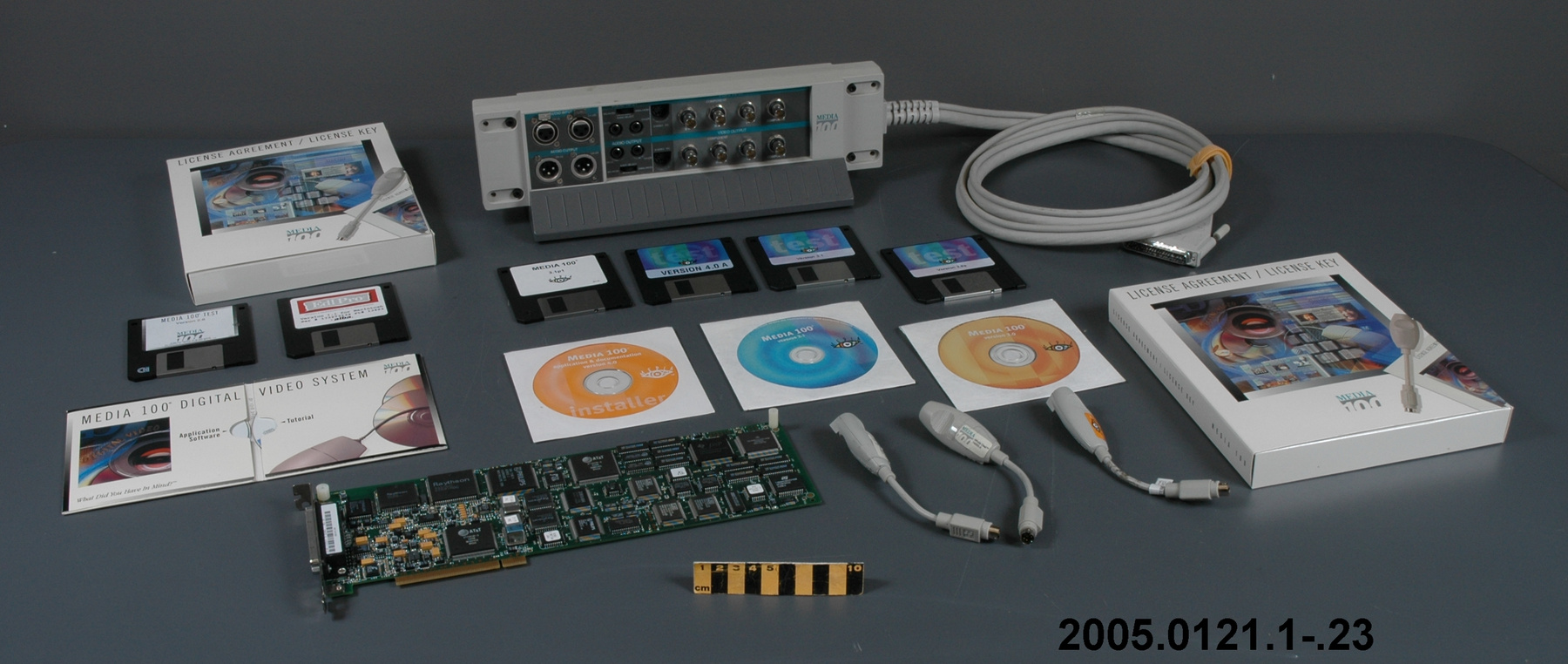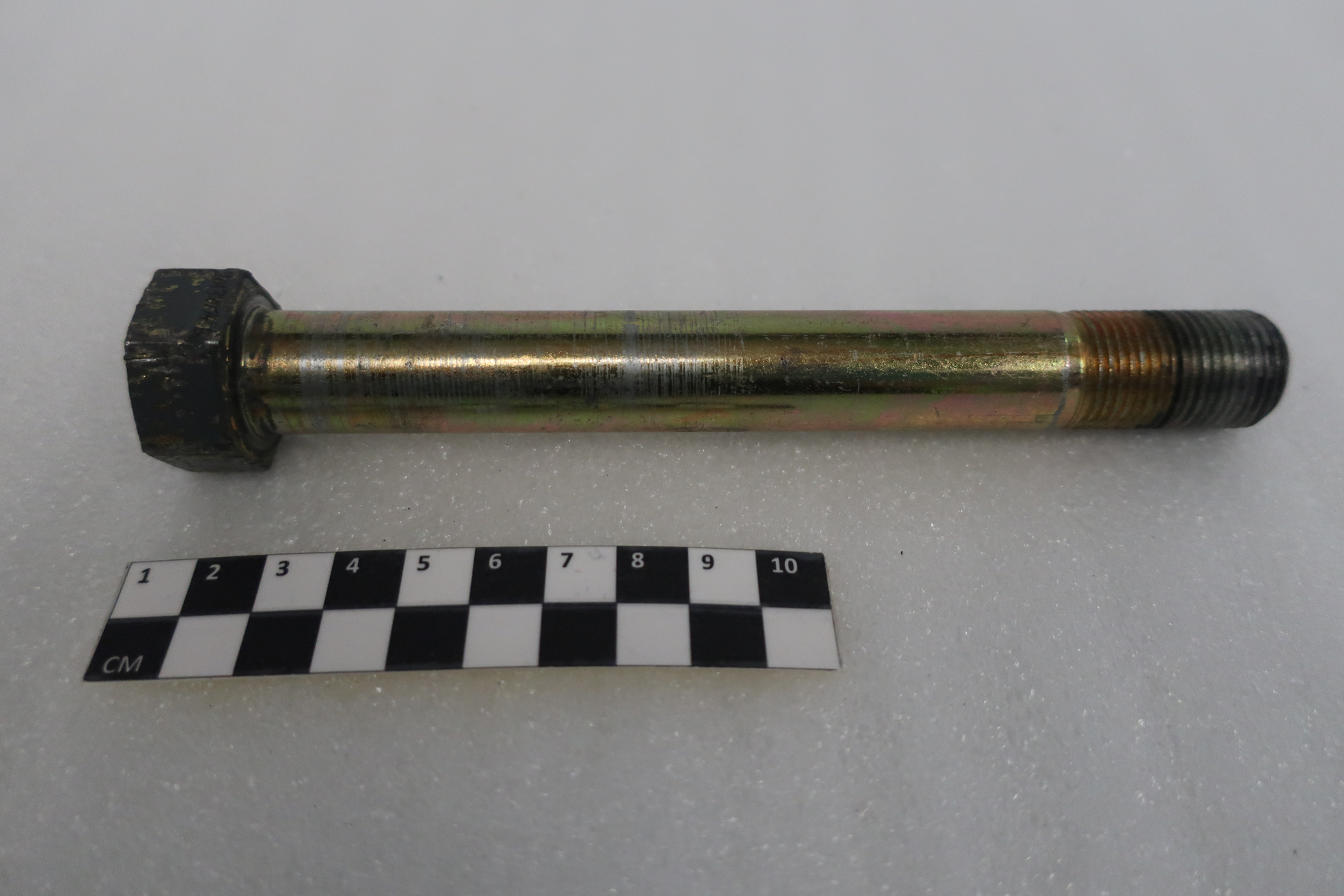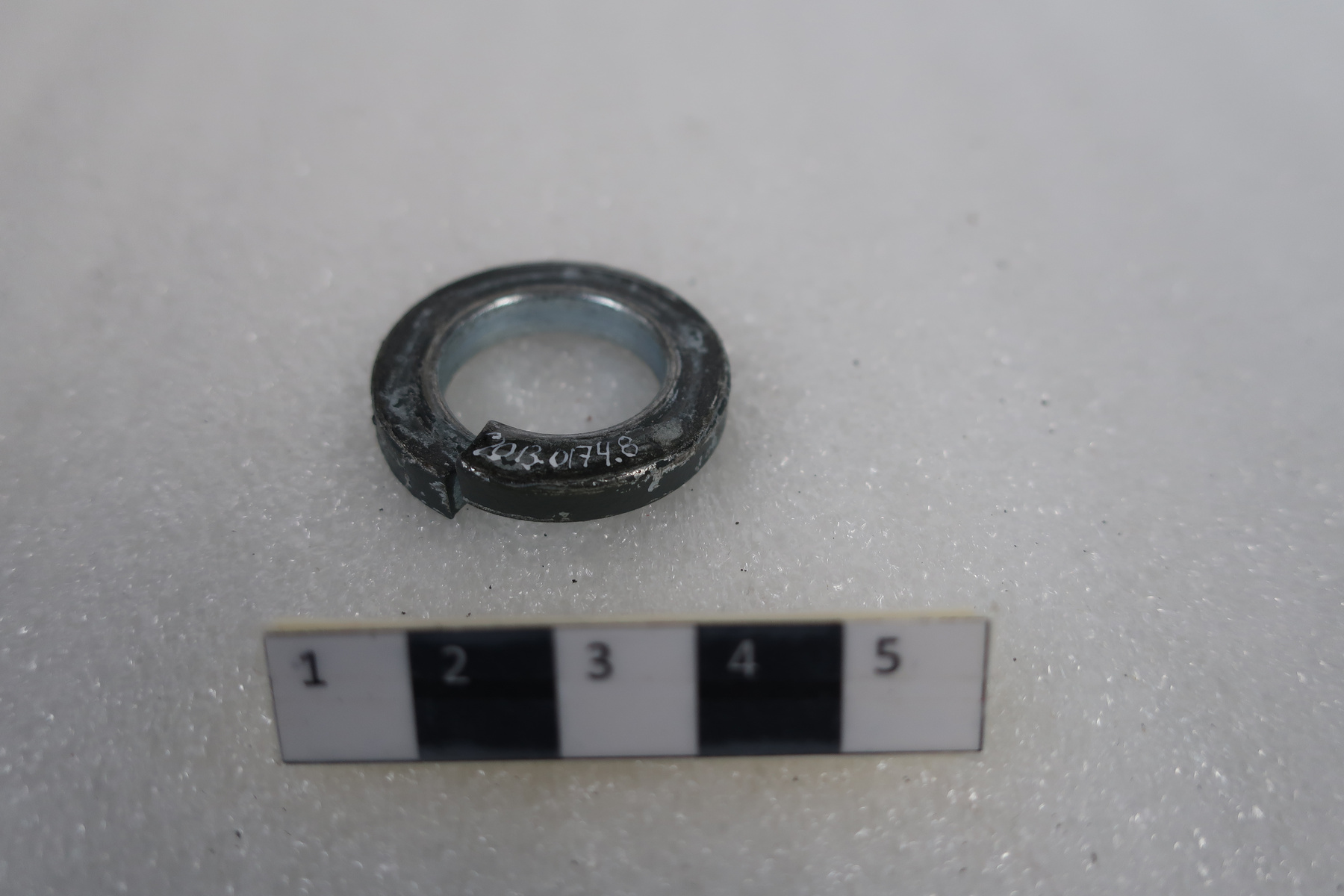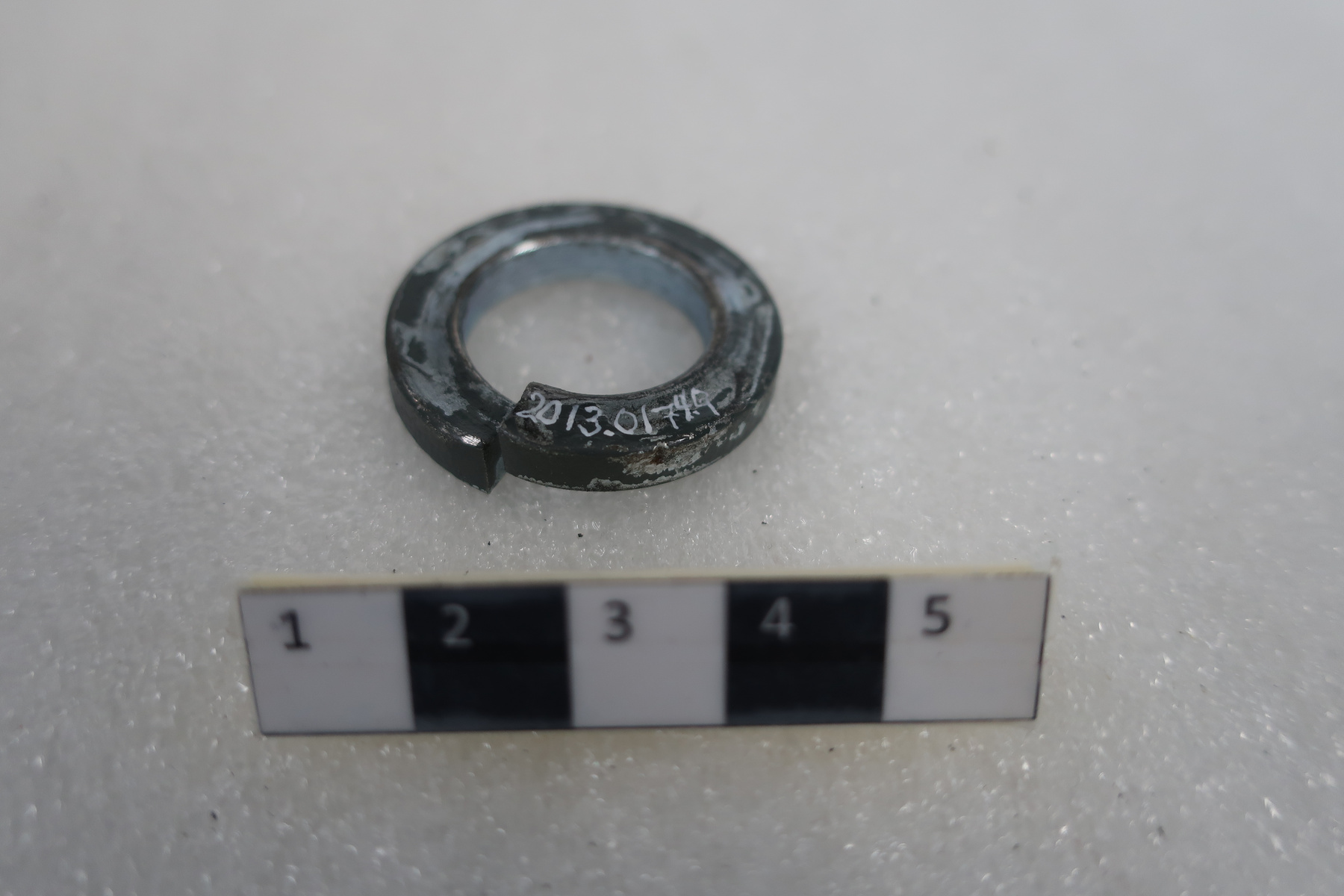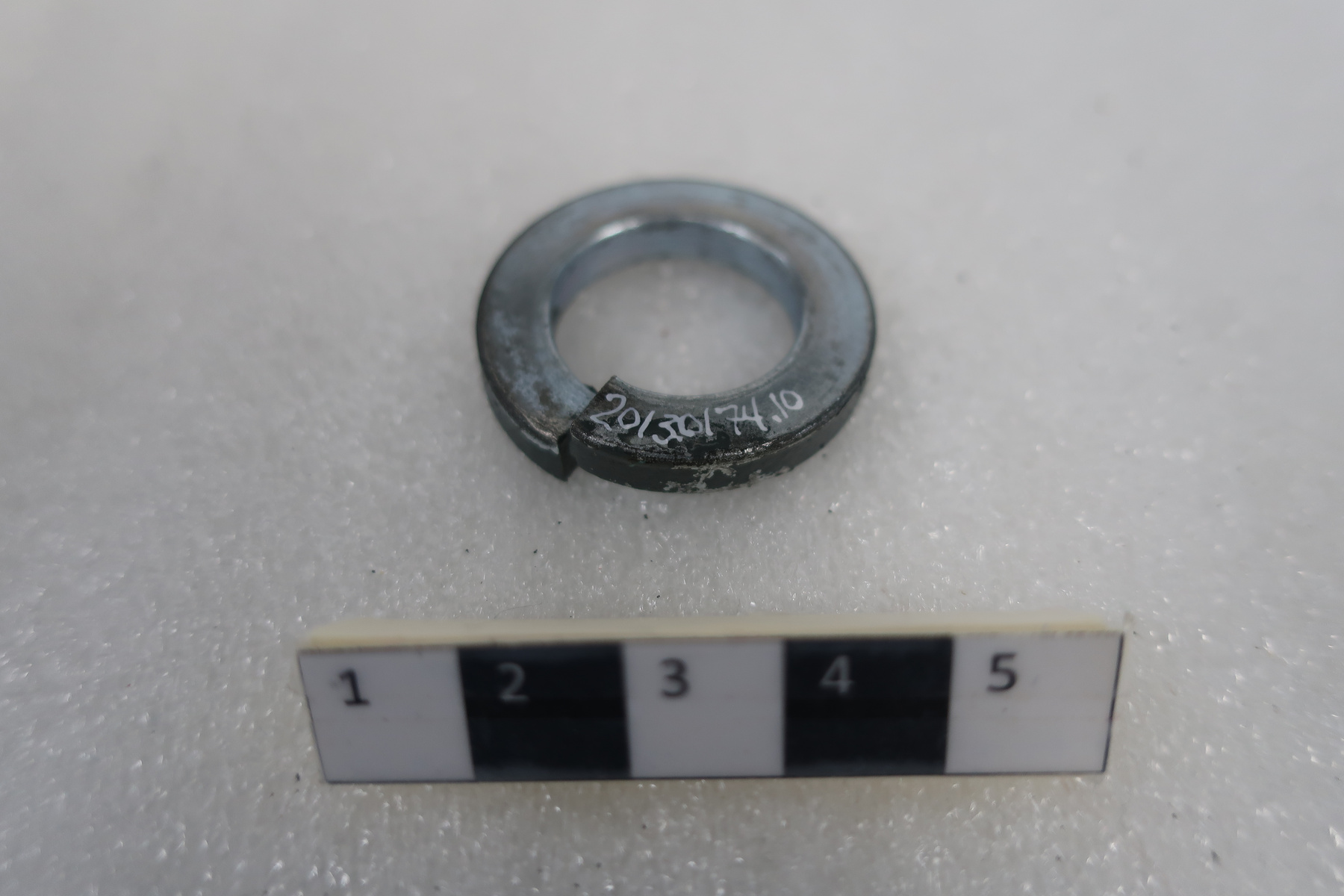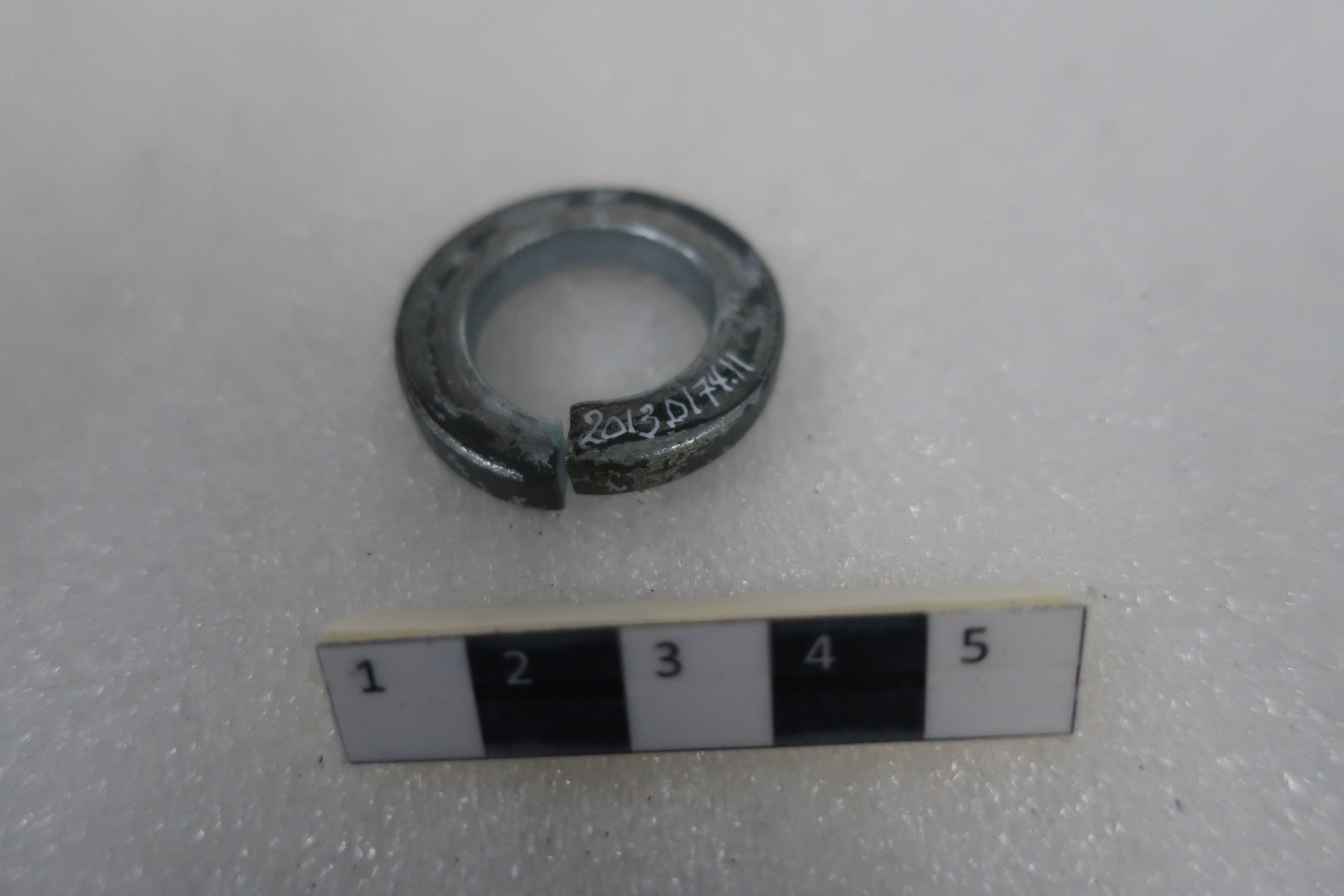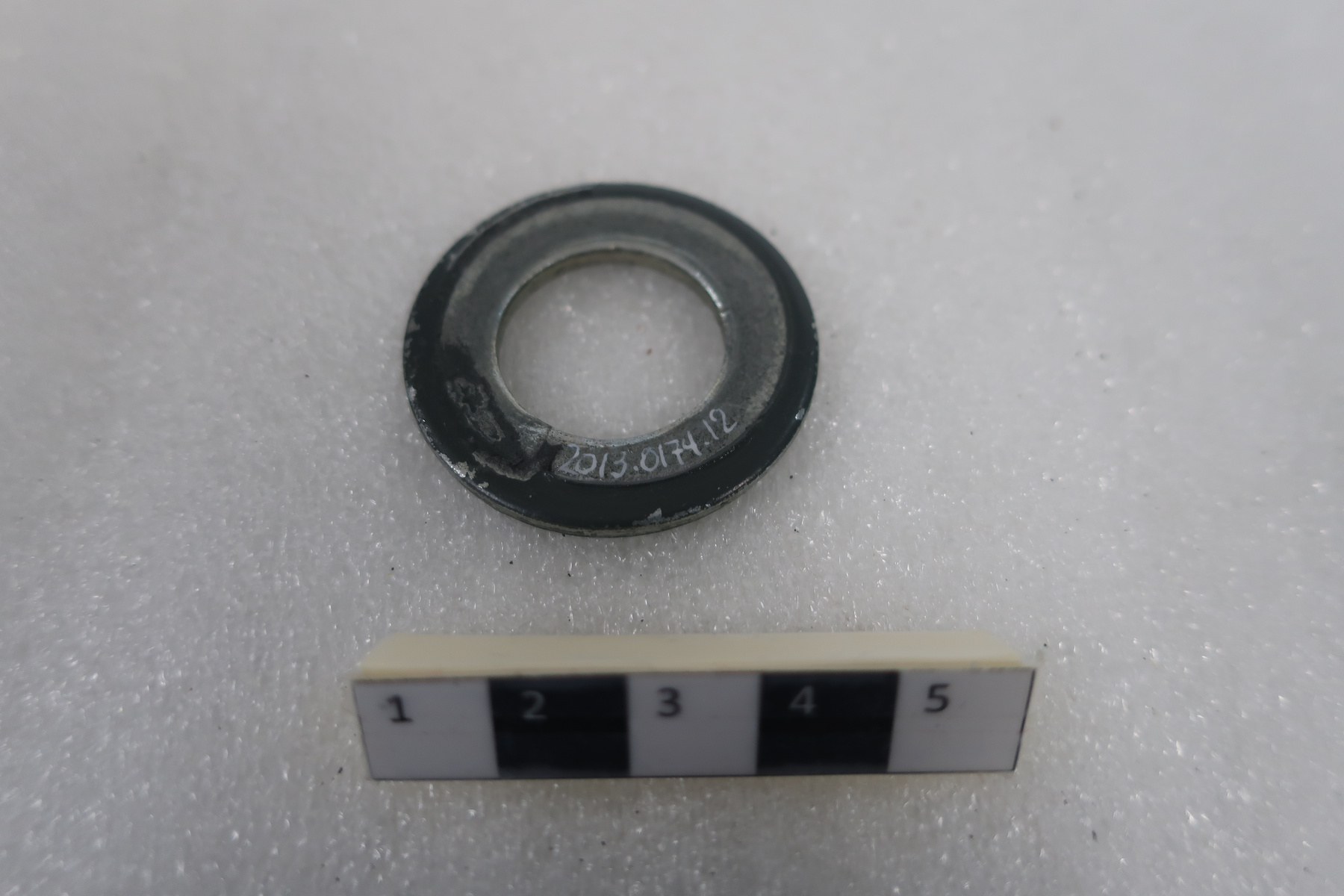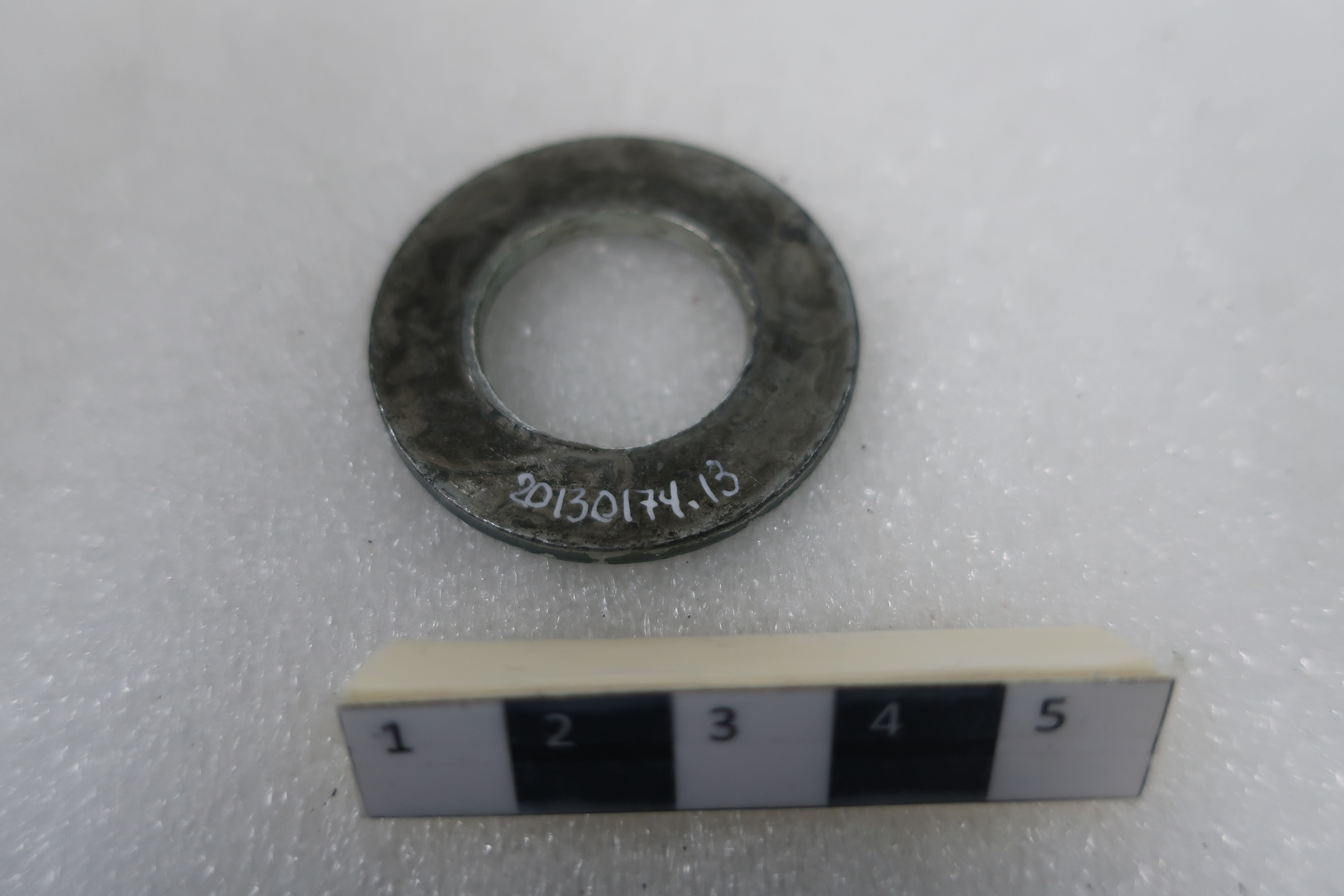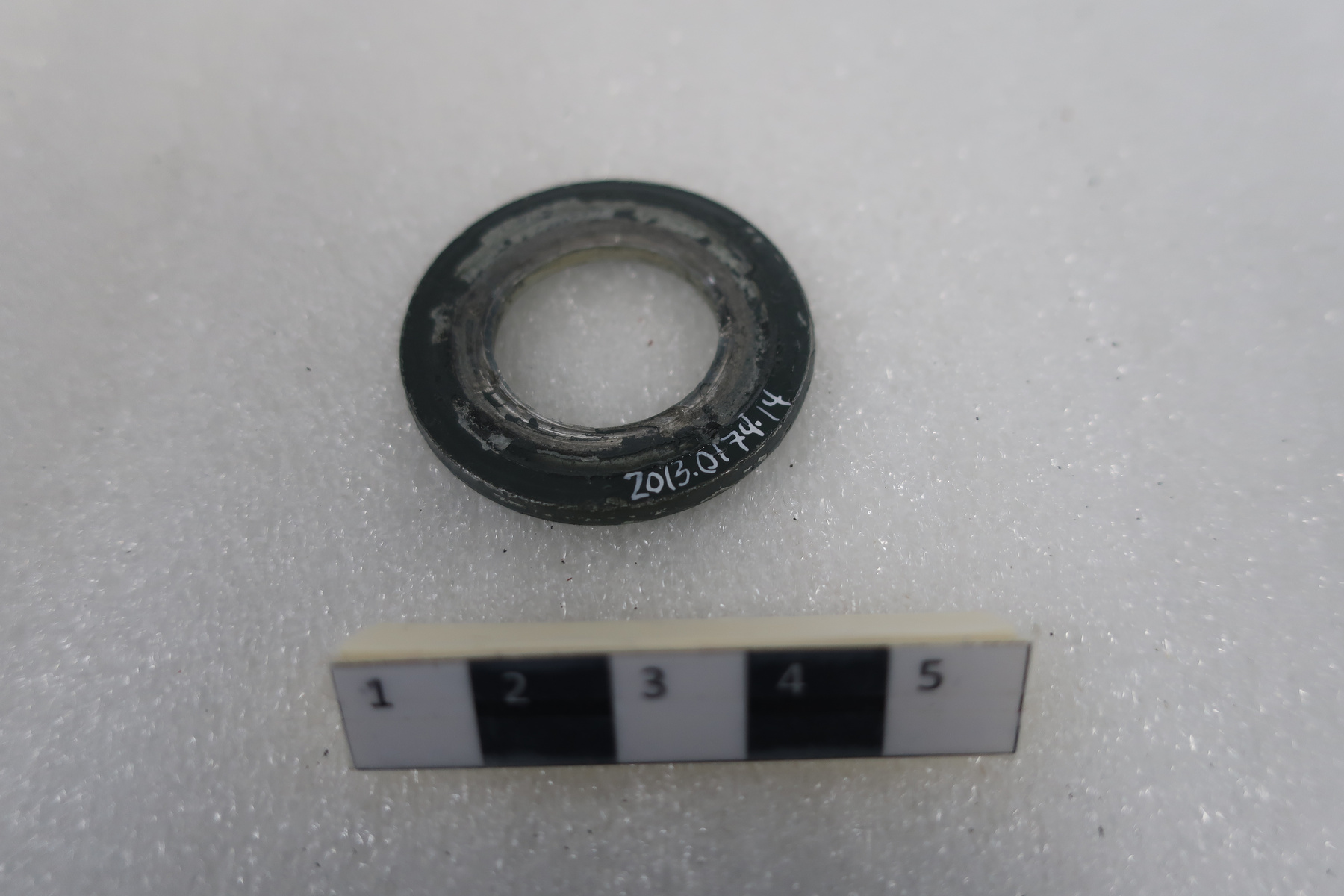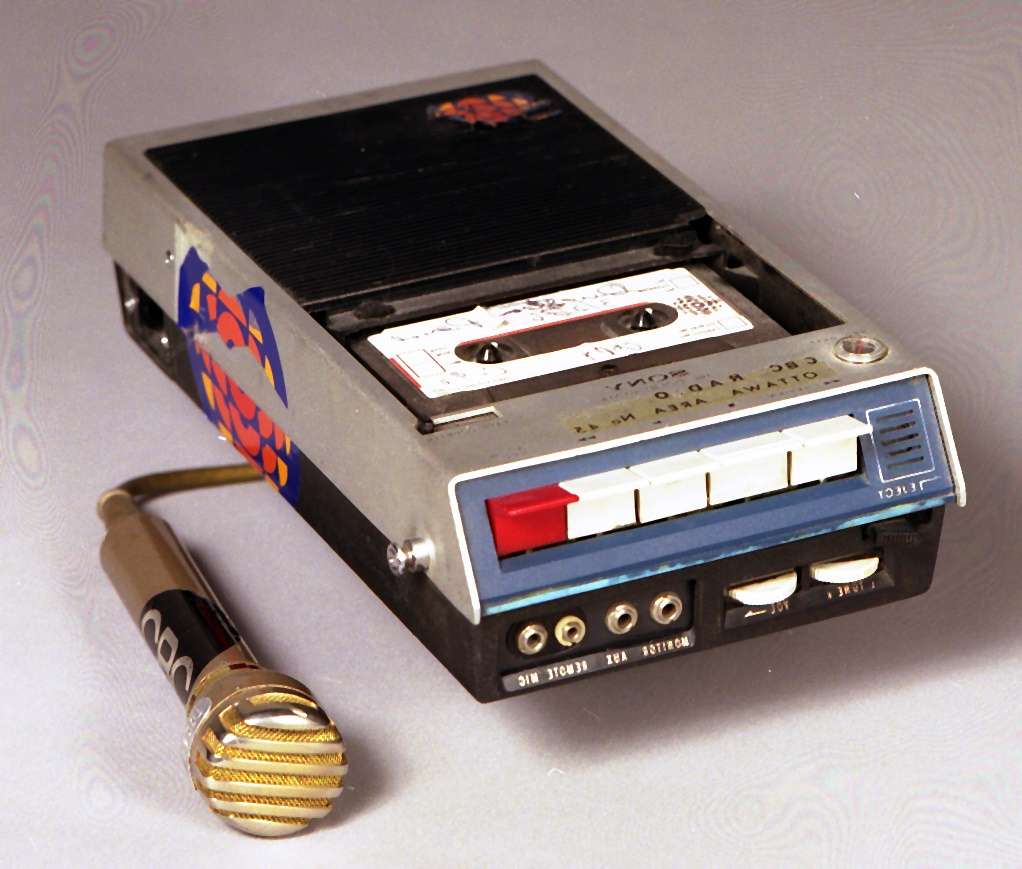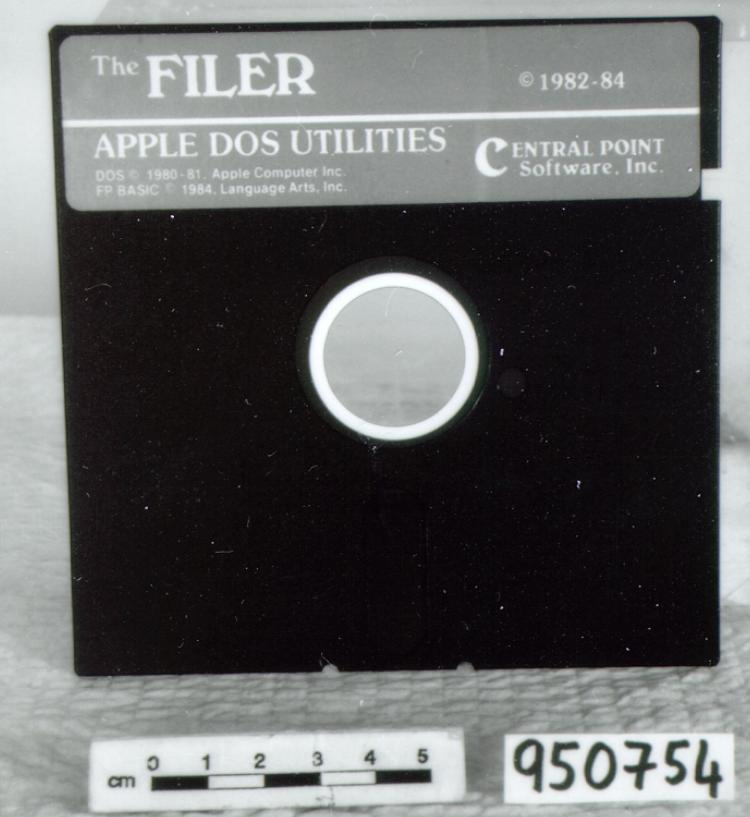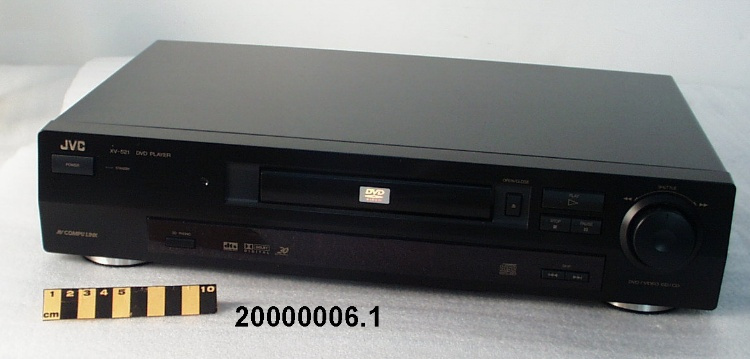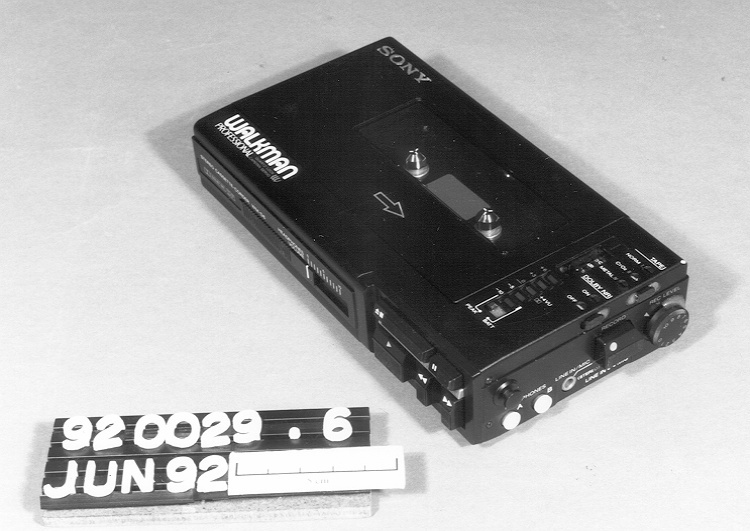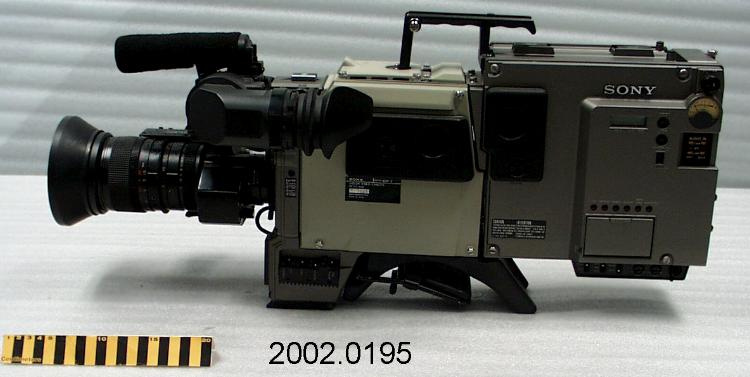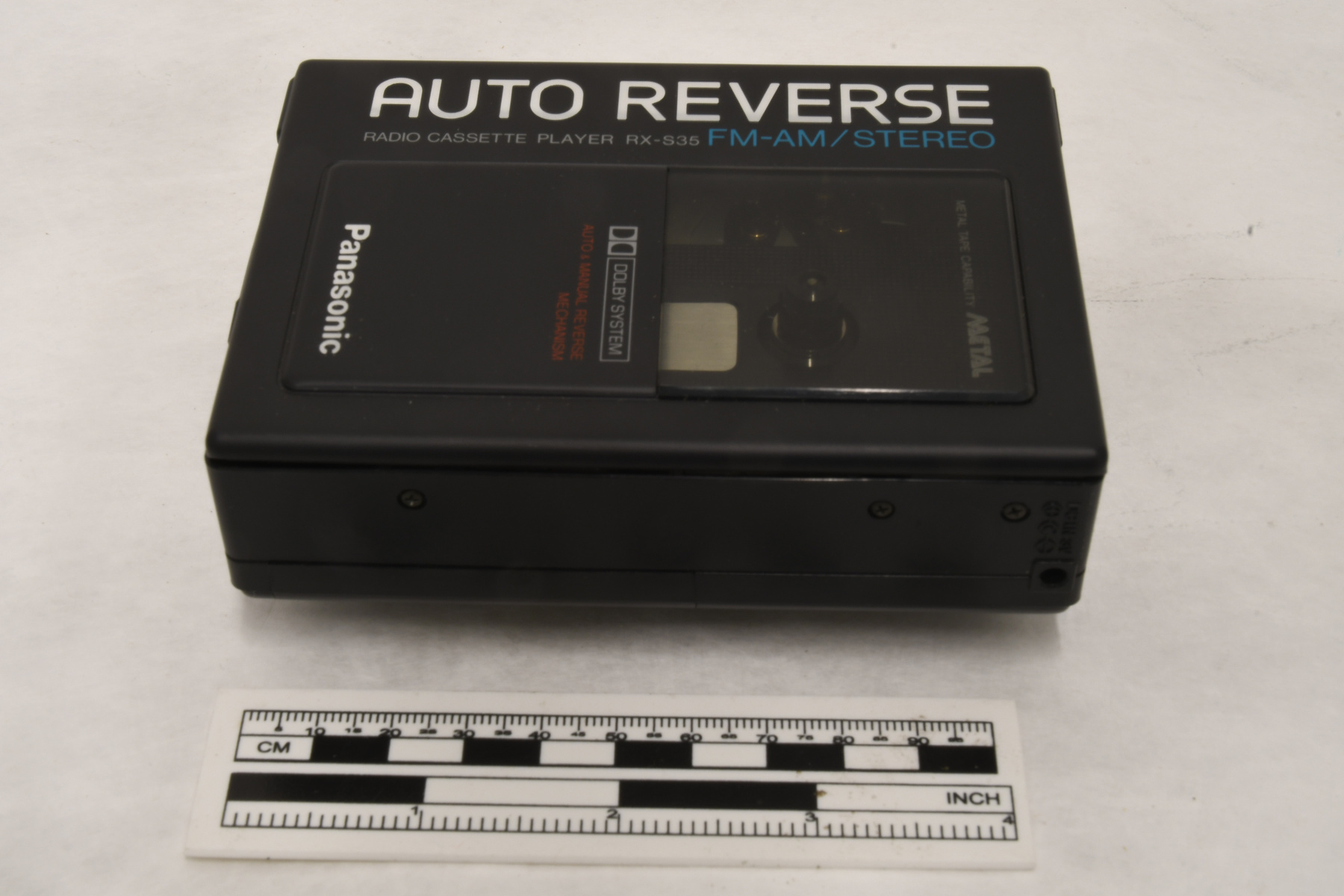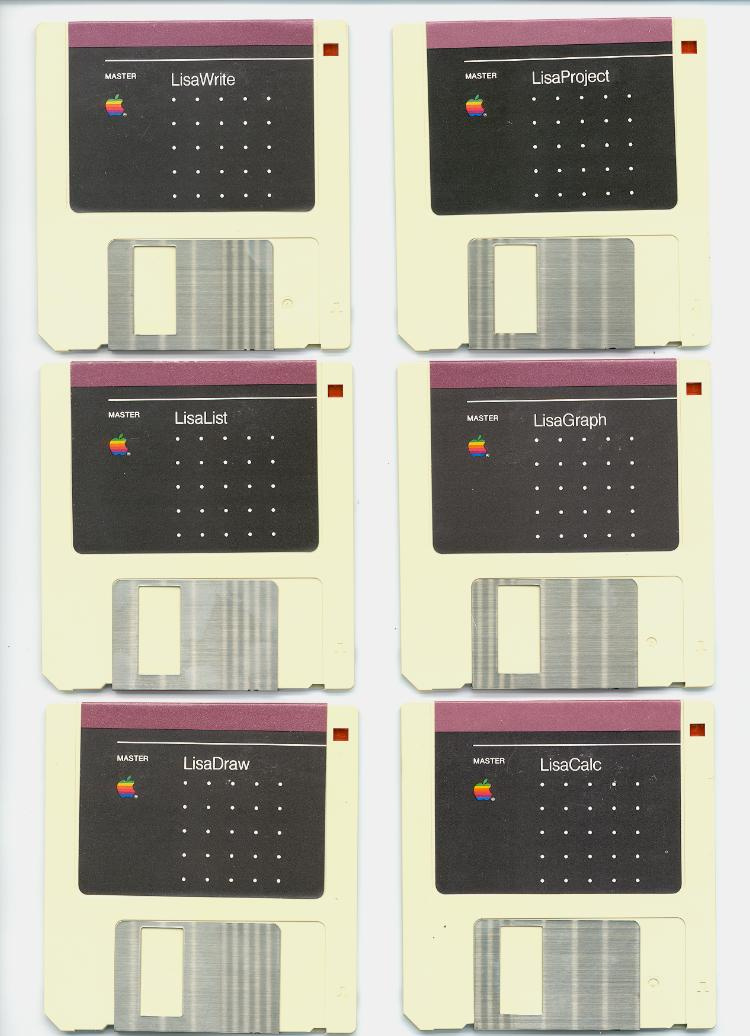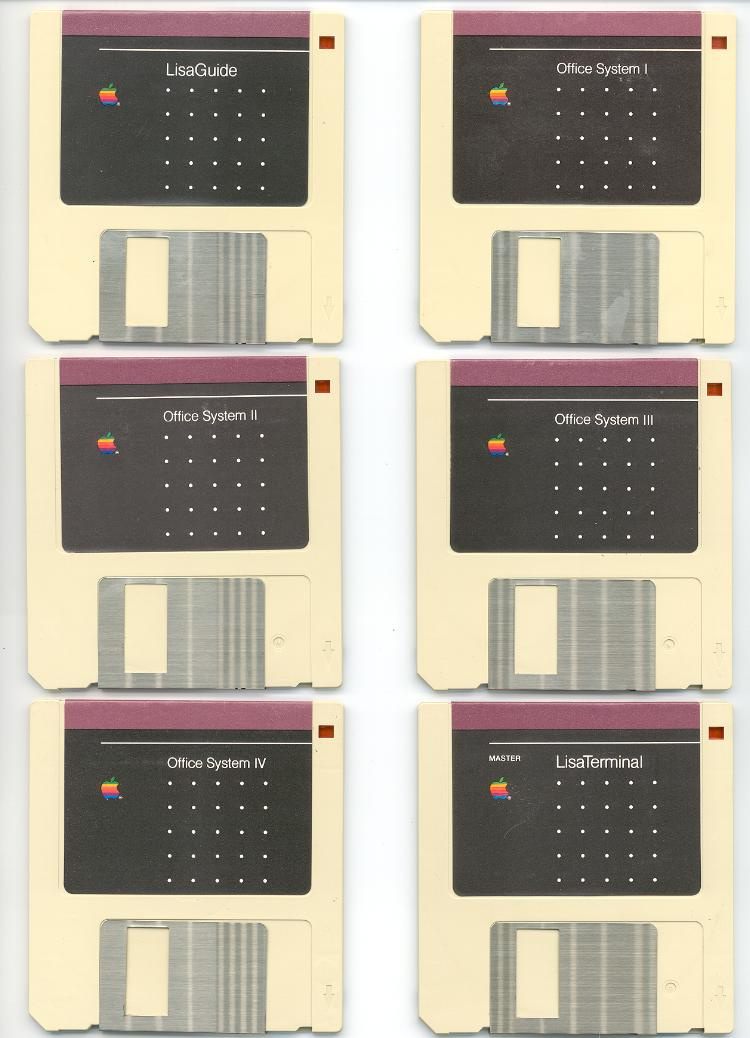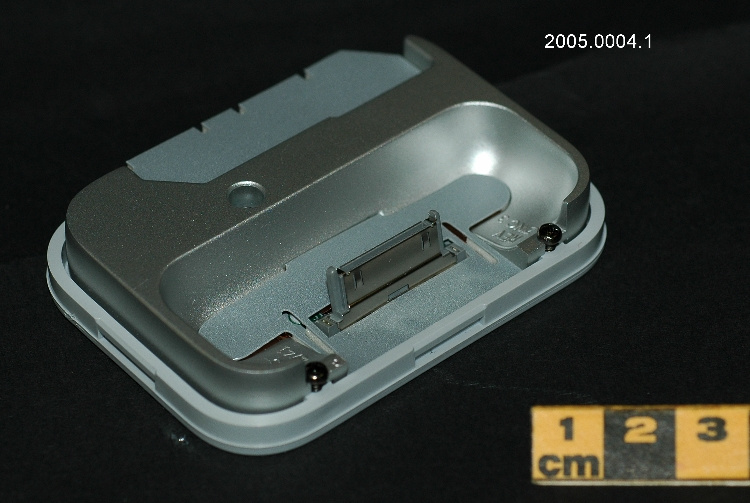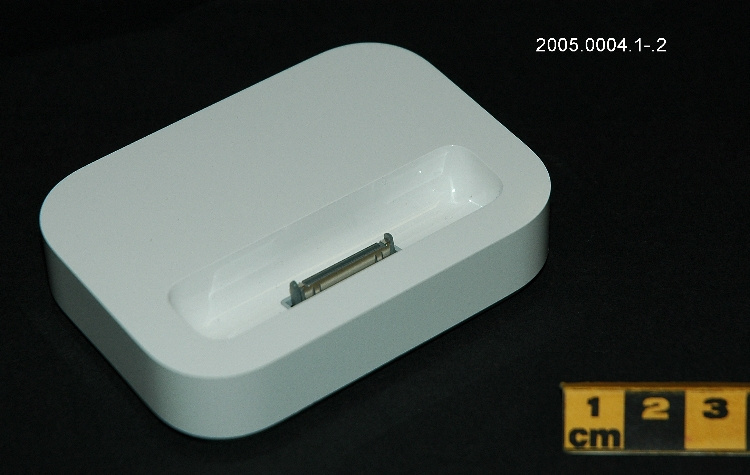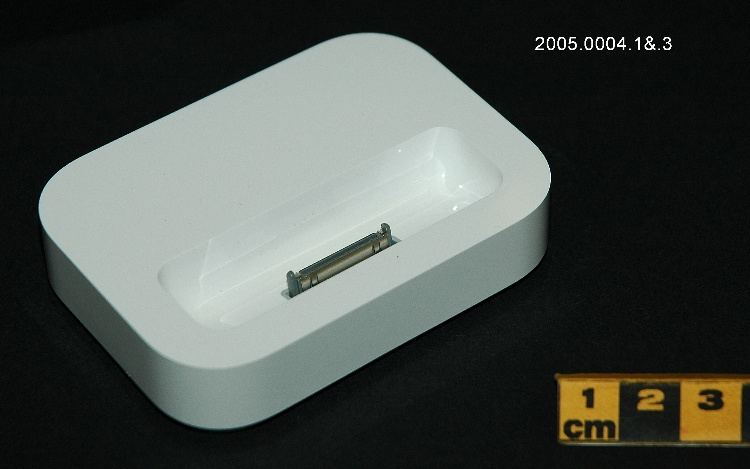Station d'accueil
Utiliser cette image
Puis-je réutiliser cette image sans autorisation? Oui
Les images sur le portail de la collection d’Ingenium ont la licence Creative Commons suivante :
Copyright Ingenium / CC BY-NC-ND (Attribution-NonCommercial 4.0 International (CC BY-NC 4.0)
ATTRIBUER CETTE IMAGE
Ingenium,
2005.0004.001
Permalien:
Ingenium diffuse cette image sous le cadre de licence Creative Commons et encourage son téléchargement et sa réutilisation à des fins non commerciales. Veuillez mentionner Ingenium et citer le numéro de l’artefact.
TÉLÉCHARGER L’IMAGEACHETER CETTE IMAGE
Cette image peut être utilisée gratuitement pour des fins non commerciales.
Pour un usage commercial, veuillez consulter nos frais de reproduction et communiquer avec nous pour acheter l’image.
- TYPE D’OBJET
- S/O
- DATE
- 2003
- NUMÉRO DE L’ARTEFACT
- 2005.0004.001
- FABRICANT
- Apple Computer Inc.
- MODÈLE
- M9602G/A
- EMPLACEMENT
- Chine
Plus d’information
Renseignements généraux
- Nº de série
- S/O
- Nº de partie
- 1
- Nombre total de parties
- 4
- Ou
- S/O
- Brevets
- S/O
- Description générale
- metal & synthetic, possibly rubber
Dimensions
Remarque : Cette information reflète la taille générale pour l’entreposage et ne représente pas nécessairement les véritables dimensions de l’objet.
- Longueur
- 7,8 cm
- Largeur
- 5,6 cm
- Hauteur
- S/O
- Épaisseur
- 1,5 cm
- Poids
- S/O
- Diamètre
- S/O
- Volume
- S/O
Lexique
- Groupe
- Communications
- Catégorie
- Son
- Sous-catégorie
- S/O
Fabricant
- Ou
- Apple
- Pays
- Chine
- État/province
- Inconnu
- Ville
- Inconnu
Contexte
- Pays
- Worldwide
- État/province
- Inconnu
- Période
- 2003+
- Canada
-
The Apple iPod is the most notable recent addition to a growing number of devices that represent a major change in how music listeners acquire and enjoy musical entertainment. Part of this change is the shift toward private listening. This began in the 1970s with the growing popularity of headphones for listening to home stereo systems. Sony's introduction of the Walkman in 1980 marked a new departure by encouraging mobility. While car audio systems were already giving automobile users this option, the Walkman extending mobility and auditory privacy to anyone carrying this device in their pocket, on their belt or in their purse. During the 1980s many manufacturers imitated the Walkman and its CD playing successor, the Discman. The second element in this transformation of musical consumption patterns was music listeners' shift away from purchased media (records, tapes, CDs) toward home recorded media. Again, this trend began in the 1970s with the practice of making compilations of favourite songs on cassettes by recording selections from vinyl records or by dubbing off the radio. Like minded enthusiasts frequently gave, lent, or traded these tapes as a way of exchanging information about artists, in the process building their own musical communities. Despite opposition from record companies, who saw this as a form of copyright infringement, law courts upheld copying as a form of fair use for personal purposes. Record companies were compensated by a surcharge placed on blank tapes. This practice assumed a whole new scale in the 1990s as users began to swap music, in the form of compressed digital files, over the Internet. Using a variety of online resources (either servers storing files, like Naptser, or various file sharing programs, like Kazaa, Grokster and Morpheus), net surfers could download or upload tunes without the inconvenience or expense of purchasing entire compact discs from a retailer. In response to the boom in music downloading and CD ripping, several manufacturers introduced portable music players that could decode and play back MP3 files. One of these was Apple's iPod, introduced in late 2001. This complemented and incorporated the company's iTunes "jukebox" software, released earlier in the year, which enabled users to make and manage compressed music files on their computers. Record companies claimed MP3 file swapping was a massive infringement on their copyrights, contributing to a significant decline in their sales and profits. They responded by suing website operators distributing unauthorized copies, internet service providers transmitting them over their lines, and individuals sharing them. In Canada, however, the Federal Court ruled in March 2004 that file sharing was not illegal. The Canadian Copyright Board in 2003 did institute a levy on the sale of MP3 players, the proceeds of which would be distributed to groups representing writers and artists. In 2001, record companies also began to licence their songs to legal download services. These outfits, such as MusicMatch, Pressplay, Puretracks (Canada) and Archambaultzik.ca (Canada), incorporated some form of copy protection software in the files they sold, effectively limiting swapping. In 2003, Apple launched its iTunes service in the United States. With its more liberal copying provisions and simple 99 cent per song pricing system, iTunes quickly became the most popular music download service in the U.S. and, incidentally, encouraged the sale of its iPod music players. Apple launched iTunes in Canada on December 2, 2004. - Fonction
-
An accessory to an iPod digital music player used to charge the iPod, synchronize with a personal computer, and connect to a home stereo system. - Technique
-
The iPod represents two technological trends in audio recording and reproduction. The first is the trend toward recording and storing music in a variety of compressed, digital file formats. These files are created either from a commercial CD whose contents have been "ripped" on a personal computer, or from files downloaded from a computer network. While a number of proprietary compression algorithms were developed in the early 1990s (e.g. the ATRAC system used on Sony's MiniDisc), the most influential format of the decade was certainly MP3. This standard, established by the Motion Picture Experts Group (MPEG) of the International Organization for Standardization, became a popular format for exchanging music files over the Internet around 1997, as home computers began to be sold with enough processing power to decode MP3 files in real time. Most personal music players are now sold with MP3 decoders, although two other formats, Advanced Audio Coding (AAC) and Microsoft's Windows Media Audio (WMA), are becoming more common because they incorporate copy protection features that discourage file swapping. The second trend is toward the development of handheld, personal devices for listening to music over headphones. The earliest handheld, portable music player was the Sony Walkman, introduced in 1980. This was followed by portable CD players like the Sony Discman (1984). In the 1990s, manufacturers began to introduce compact, recordable media for digital music. Perhaps the first to achieve some commercial success was Sony's MiniDisc, or MD Walkman, which employed a special removable optical-magnetic disc and a proprietary compression format that increased the disc's capacity. Also popular were recordable CDs (e.g. CD-R, CD-RW) that could be played back on a portable CD player. In 1998 and 1999, several manufacturers introduced miniature, portable music players that stored MP3 files on flash memory chips. The first such device for the mass market was Diamond Multimedia's Rio player (late 1998). In 1999 and 2000, several makers introduced portable devices incorporating miniature hard disk drives similar to those used in laptop computers (e.g. HanGo's PJB-100; Creative Technology's Nomad Jukebox). Apple introduced the iPod in late 2001 and was therefore not the first to bring a hard disk portable music player to market. The iPod has, though, become the most popular, due largely to its great storage capacity (currently several hundred times many flash memory players) and the elegant simplicity of its user interface. The iPod is built on a platform (the basic hardware and operating system) that was designed by PortalPlayer Inc. Apple developed the user interface hardware and software in the space of a few months in 2001. - Notes sur la région
-
Inconnu
Détails
- Marques
- indented black lettering on underside reads "Designed by Apple in California Assembled in China/ (c) 2003 Apple Computer, Inc. All rights reserved."
- Manque
- complete
- Fini
- grey synthetic & metal
- Décoration
- indented Apple logo on underside
FAIRE RÉFÉRENCE À CET OBJET
Si vous souhaitez publier de l’information sur cet objet de collection, veuillez indiquer ce qui suit :
Apple Computer Inc., Station d'accueil, 2003, Numéro de l'artefact 2005.0004, Ingenium - Musées des sciences et de l'innovation du Canada, http://collections.ingeniumcanada.org/fr/item/2005.0004.001/
RÉTROACTION
Envoyer une question ou un commentaire sur cet artefact.
Plus comme ceci
